DROPS Baby Merino
Superwash treated extra fine merino wool
from:
3.39€
per 50 g
Content: 100% Wool
Yarn Group:
A (23 - 26 stitches)
/ 5 ply / sport
Weight/length: 50 g = approx 175 m
Recommended needle size: 3 mm
Knitting tension: 10 x 10 cm = 24 sts x 32 rows
Care: Machine wash on gentle cycle 40°C / Don’t use fabric softener / Dry Flat
Superwash: yes
Made in: EU
Raw material origin: Wool from South America
This yarn has an Oeko-Tex® certification (certificate number 25.3.0110), Standard 100, Class I from the INNOVATEXT TEXTILE ENGINEERING AND TESTING, HUNGARY. This means that is has been tested for harmful substances and is considered safe in human-ecological terms. Class I is the highest level, and it means the yarn is suitable for baby articles (ages 0-3).
DROPS Baby Merino is a 100% extra fine merino wool yarn that's super soft, breathes well and is itch free - perfectly suited for delicate baby skin. Cable spun and constructed from multiple thin strands, DROPS Baby Merino gives neat, even stitches, resulting in garments with extra elasticity. It’s this special construction that makes it important to use the correct tension in your project, so use a tight tension rather than a loose one.
DROPS Baby Merino is spun from fibers from free-range, mulesing free animals from South America and is Oeko-Tex Standard 100 certified. The yarn is also superwash treated and therefore machine washable and suitable for everyday use; but when washing your garments you must be extra careful and follow closely the care instructions.
Read more about our products' sustainability here
Please be aware that the colours shown may vary from screen to screen in the same way that shades may vary slightly from dye lot to dye lot.
How do I care for this yarn?

Machine wash on gentle cycle 40°C / Don’t use fabric softener / Dry Flat
All our super wash treated merino yarns should be washed in the machine, using a gentle cycle program. That being said, there are a few more tips that are extremely relevant when it comes to caring for this yarn:
- Machine wash - separately - using a gentle cycle program at 40ºC, with a light centrifugation (about 800rpm). Only use detergents without enzymes and optical brighteners.
- NEVER use fabric softener (the wool fibers become too soft and can slide apart).
- NEVER leave the garment to soak/wet in the washing machine for a long period of time.
- To dry the garment, shape it and lay it flat - do not hang - ideally on a warm bathroom floor or on top of a drying rack in a room with good air circulation. Never dry the garment in direct sunlight.
- Never iron the garment directly. Use always a damp cloth between your steaming iron or regular iron and the garment.
Note: If you are washing a project made with this yarn combined with another, the general guideline is to follow the washing instructions for the most delicate of the yarns you are working with.
Do you have a question about this yarn?
See a list of frequently asked questions (FAQ) about our yarns.
1) What type of fibers make the DROPS yarns?
Yarn can be made from a large number of natural and synthetic fibers. DROPS carries mainly yarns made from wool, cotton, alpaca, linen, mohair and silk. Each fiber type has its own qualities, and they are often mixed to take advantage of the best properties of each one. Coarse yarn has the advantage of being stronger and more durable, and finer fibers offer more softness and comfort. Here a bit about the main fibers we carry:
Alpaca:
Alpaca fleece is the natural fiber harvested from an alpaca, and it is similar in structure to sheep wool fiber. Its softness comes from the small diameter of the fiber, similar to merino wool. It is a soft, durable, luxurious and silky natural fiber. Yarn made from alpaca fibers does not felt or pill easily, and it can be light or heavy in weight, depending on how it is spun. While similar to sheep’s wool, it is warmer, not prickly, and has no lanolin, which makes it hypoallergenic. Alpacas come in 22 natural colors, with more than 300 shades from a true-blue black through browns-black, browns, white, silver and rose-greys.
Mohair:
This fiber comes from the Angora goats, and it's considered a luxury fiber. Mohair yarn is warm as wool, but much lighter in weight; it is durable, dyes well and does not felt easily. Mohair fibers have also a distinctive luster created by the way they reflect light. Despite being a hard fiber, mohair is usually spun into a very fluffy yarn, resulting in airy and lustrous garments.
Wool:
The wool fibers come from the skin of sheep and are relatively coarse fibers. Two striking characteristics of wool are its susceptibility to heat and its felting property, which is caused by the scales on the surface. Depending upon the breed of sheep, the appearance of the wool varies.
Wool from Merino sheep is considered the finest type of wool, having as characteristics that is finely crimped and soft. All the Merino wool in the DROPS yarns has its origins in South America, coming from sheep that have not been subject to Mulesing.
Pure new wool is wool made directly from animal fleece, and not recycled from existing wool garments.
Machine washable wool is wool treated chemically to minimize the outer fuzzy layer of the fibers, and be therefore fitable for machine wash (see Superwash).
Silk:
The silk fiber is a fine continuous fiber produced from the cocoon of a moth caterpillar known as the silkworm. While silkworm is cultivated, the wild or tussah silk is obtained from uncultivated silkworm cocoons. Silk fiber is one of the strongest natural fibers and makes a wonderful knitting yarn. It blends really well with other fibers, especially wool. Silk also dyes beautifully with natural dyes.
Vegetable fibers:
There are several varieties of vegetable fibers, found in the cell walls of plants or vegetables. Of all the varieties, two are recognized as major knitted or textile fibers. They are cotton and linen.
Cotton is the fiber surrounding the seeds in a cotton pod, and it is almost pure cellulose. Cotton is usually white in color but there are green and brown varieties as well. The cotton fiber is most often spun into yarn or thread and used to make a soft, breathable textile that is good for summer clothing and accessories, making a weaker yarn than silk or linen but stronger than wool.
Mercerized cotton is cotton that has been through a mercerization treatment. This treatment gives cotton fabrics and threads a lustrous yarn that is more lustrous than conventional cotton. It is also stronger, takes dye a little more readily, makes the yarn more resistant to mildew and reduces lint. It also may not shrink or lose its shape as much as "regular" cotton.
Linen is a fiber derived from the stalk of the flax plant that is durable and stronger than any other fiber. The linen fiber is relatively soft, straight and lustrous and becomes more beautiful with age. Linen is more comfortable to wear in hot temperatures than cotton, due to the fact that it absorbs moisture better and dries more quickly.
Other materials used in our yarns include synthetic fibers such as acrylic, viscose, polyamide (nylon) and polyester. These fibers are used mostly to give strength to a yarn (like our sock yarn, DROPS Fabel) or a special kind of structure (like our blown yarn, DROPS Air).
The polyamide fibre, commonly known as nylon, is very strong, durable, lightweight, easy to care for (can be machine washed and dried), and elastic, which makes it perfect for blending with other fibres to produce hard-wearing yarns like sock yarn.
Compared to polyester, polyamide is softer and more flexible, but it also absorbs more water and dries slower.
3) What type of information can I find on the DROPS yarn labels?
All DROPS yarn labels include information about fiber content (wool, cotton, etc.), weight in grams and ounces, length in meters and yards, washing instructions and symbols (explained here), color number, dye lot number and yarn group information.
4) What are the DROPS yarn groups?
All DROPS yarns are classified into 6 different thickness groups (A to F). Yarns in a same group have similar knitting tension/gauge, and can therefore be interchanged in patterns; however the length may be different, so when substituting always calculate the amount of meters/yards needed for the pattern to know the amount of yarn you need to get.
5) Can I use a different yarn than the one mentioned in the pattern?
Yes, as long as the yarn can be worked in the same knitting tension/gauge. Always swatch to make sure you get the same number of stitches in width and rows in height as given in the pattern.
Remember that different yarns with different textures, will give the garment different looks. The yardage/length may also be different, so when substituting always calculate the number of yards needed, in order to know the amount of yarn you need.
Read more about how to calculate the amount of an alternative yarn - and how to replace 1 thread of a yarn with 2 or more of another, here.
6) What does it mean when a yarn is “Superwash”?
A superwash wool is a special wool product that has been treated or processed in a way that allows it to be machine washable. Many people are afraid to work with wool because it is so easy to shrink (though some shrink wool on purpose) and superwash wool can allow them to work with great fibers without worry. (Read more here).
7) What does “Oeko-Tex® certified” means?
The Oeko-Tex® Standard 100 was introduced at the beginning of the 1990s as a response to the needs of the general public for textiles which posed no risk to health. The Oeko-Tex® Standard 100 is a globally uniform testing and certification system for textile raw materials, intermediate and end products at all stages of production. The test for harmful substances comprise substances which are prohibited or regulated by law, chemicals which are known to be harmful to health, and parameters which are included as a precautionary measure to safeguard health.
For more info go to www.oeko-tex.com
10) How accurate are the colours on the shade cards online?
When obtaining images for the shade card, we do our best to achieve the highest level of color accuracy. Unfortunately, we cannot guarantee how images will appear on your computer screen. Every monitor displays color differently, some colors might look darker than they really are, and some colors might be more saturated on some screens. If you experience that many of the yarn colors looks different on your screen than the actual color of the skeins, you can adjust the setting on your monitor.
11) What is a micron? What does super fine / extra fine mean?
The fineness of yarn fibers is measured in microns (thousands of millimeters). Super fine alpaca wool is 26-28 microns. Fine merino wool is less than 21.5 microns and extra fine merino is under 19.5 microns. The less microns the softer and more delicate a quality can be, the more microns the more hard wear the quality will be.
The reason why the microns in a yarn’s fibers are important is that the yarn will eventually become something else, and how delicate or coarse a yarn is will determine in part what we use it for. That’s why we recommend the softest yarns (like DROPS Baby Merino) for baby clothing, or why we choose to use a more hard wear yarn like DROPS Snow, for a seating pad or slipper.
12) Why are the colours in my skeins of print yarn different?
The reason why two skeins of a same print yarn look different can be 1) that both skeins are part of different dye lots; 2) that the skeins have been dyed using a technique called "magic print" (the one used for example in DROPS Delight), which provides unique patterns and smooth colour transitions to each skein, meaning also that within one dye lot, lighter or darker varieties might appear. This is no fault or defect, but part of the yarn's character.
13) My store doesn’t have the colour I want, what can I do?
If your DROPS store doesn’t have the yarn colour you want, try contacting a DROPS Super Store (the ones with the golden badges) - they will make sure to get a hold of the colour even if they don’t have it in stock themselves. See a list of all DROPS stores here.
14) Where can I find a specific dye lot of a colour?
Always try contacting your DROPS store first. If they do not have the dye lot you want we recommend you to ask other knitters and crocheters in the DROPS Workshop in Facebook or Ravelry, which may have the dye lot in their stash and might be willing to part from it.
Yarn sheds because there's not enough twist to hold all of the fibers together. All yarns have excess fibers (from production) that might come off as lint or shedding, in varied degrees that depend on how the yarn is spun. Brushed yarns ("hairier" yarns) like DROPS Melody, have more of these loose fibers than other yarns, and therefore shed more. Shedding also depends on what is worn under or over the garment, and whether this pulls at the yarn fibers. It’s therefore not possible to guarantee that there will be no shedding.
Below are some tips on how to get the best result when working with hairier yarns:
- When the garment is finished (before you wash it) shake it vigorously so the looser hairs come off. NOTE: do NOT use a lint roller, brush or any method that pulls at the yarn.
- Place the garment in a plastic bag and put it in your freezer - the temperature will cause the fibers to become less attached to each other, and excess fibers will come off easier. Leave in the freezer for a few hours before taking it out and shaking it again.
- Wash the garment according to the instructions on the yarn label. Garments worked with hairier yarns usually need to be shaken once dry after washing, so that the hairs rise and any excess fibers can come off.
Pilling is a natural process that happens to even the most exclusive of fibers. It's a natural sign of wear and tear that is hard to avoid, and that is most visible in high friction areas of your garment like a sweater's arms and cuffs.
You can make your garment look as new by removing the pilling, using a fabric comb or a pill/lint remover.
How can I replace this yarn?
If you are looking to replace this yarn with another DROPS yarn, you can use another yarn within the same yarn group, or try our yarn converter!
Other yarns in Yarn Group A
Read more about replacing yarn.Have a problem with the DROPS yarn you purchased?
When you purchase yarn from the shade cards or patterns on our site, you are not buying directly from DROPS but from one of the hundreds of DROPS stores around the world. It is therefore important that you take contact with the DROPS store where you bought the yarn, and that you save the labels of all the skeins you purchased (they are your warranty).
The DROPS store you contact will assist you and escalate the claim if necessary. Find a list of DROPS stores here.
Comments / Questions (468)
![]() Laura wrote:
Laura wrote:
Ciao, vorrei realizzare un maglione multi colore con questo filato. Il modello richiede un campione di 18 maglie x 24 ferri (4,5 ferri). Lavorando questo filato doppio potrei arrivare allo stesso campione? Grazie mille.
20.01.2017 - 18:49DROPS Design answered:
Buongiorno Laura. La tensione dipende sempre da quanto stretto o meno si lavora. Dovrebbe riuscire ad ottenere il campione indicato mettendo il filo doppio. Buon lavoro!
20.01.2017 kl. 21:01
![]() Andrea Löwenstein wrote:
Andrea Löwenstein wrote:
Ich habe hellgrünes Baby Merino in meinem stash möchte die baby merino mit der Flora mixen-in der Norwegerpasse des neuen Frühlings-Modells- Geht das? Oder ist die Garnstruktur zu unterschiedlich? Wird das Maschenbild dann ungleichmäßig? Ich nehme an , die Flora ist kräftiger. Lg
17.01.2017 - 08:53DROPS Design answered:
Liebe Frau Löwenstein, beide Garnstruktur sind unterschieden, eine Maschenprobe sollen Sie vielleicht zuerst stricken, um genau zu wissen ob es Ihnen gefällt. Gerne bekommen Sie mehr Hilfe von Ihrem DROPS Laden. Viel Spaß beim stricken!
17.01.2017 kl. 09:57
![]() Heidi Lauvåsen wrote:
Heidi Lauvåsen wrote:
Hei! Holder på med et strikkeprosjekt, og mangler ett nøste Drops baby merino i farge 22, parti 64895. Har dere tilfeldigvis dette på lager? På forhånd takk! Heidi Lauvåsen
12.01.2017 - 12:34DROPS Design answered:
Hej Heidi. Nej, det kan vi desvaerre ikke hjaelpe med. Du kan bedst pröve hos vores butikker eller i DROPS Workshop paa Facebook. Maaske kan en anden bruger hjaelpe dig.
16.01.2017 kl. 11:48
![]() Kari Skårdal wrote:
Kari Skårdal wrote:
Hei, jeg har designet en "pokemon go" lue til barn i baby merino. Er dere interessert i oppskriften? Mvh Kari
01.12.2016 - 19:53DROPS Design answered:
Hej Kari. Tak for info, men vi publicerer kun egne designs paa hjemmesiden. Men del din opskrift/billede og link paa vores Facebook/Instagram side og vi deler den eventuelt her til vores brugere (og med dit navn som ejer/indehaver af opskriften).
02.12.2016 kl. 14:51
![]() Amparo wrote:
Amparo wrote:
Hola! Esta vez quisiera tejer a crochet, una mantita para cochecito de bebé,y una mantita de apego. ¿es adecuada la Big Merino? y en ese caso, si para agujas recomiendan numero 3, que numero para el ganchillo?Muchas gracias. Me gustaria aprovechar las ofertas
28.11.2016 - 17:50DROPS Design answered:
Hola Amparo. Entiendo que te refieres a Baby Merino y no a Big Merino. El Baby Merino no tiene mucho cuerpo así que es más adecuada para las mantas de tipo "granny square" con aguja de ganchillo a partir de 2.5 mm
28.11.2016 kl. 22:50
![]() Janet Wille wrote:
Janet Wille wrote:
Do the color numbers between yarns approximate each other, that is, does an 02 off white in baby merino approximate an 02 beige in Fabel. ? I know they would not be exact in hue but would they be close in shade?
28.10.2016 - 17:38DROPS Design answered:
Hi Janet. They should be about the same, but I can't guarantee that they always match perfectly. You can always ask our US store to look at it for you and choose dye lots that match the best.
31.10.2016 kl. 11:12
![]() Ana wrote:
Ana wrote:
Hola! Estoy interesada en comprar aprovechando el 25% de descuento, pero no me decido por cuál coger. Veo que éste hilo es para un tamaño de aguja de 3mm, que imagino que se refiere a las dos agujas, y para ganchillo?? Muchas gracias. Ana.
13.09.2016 - 16:46
![]() Lisa wrote:
Lisa wrote:
Nydelig garn! :) Ønsker meg flere farger! Høstgul og flere gråblå farger ville vært så fint! :)
13.09.2016 - 15:19
![]() Françoise wrote:
Françoise wrote:
Je voudrais faire part de mon expérience avec Baby Merino aux personnes déçues après le lavage . J'ai lavé mon ouvrage à la main avec du produit spécial laine et il avait extrêmement grandi .Le 6 mois ressemblait à du 4 ans . Quelle horreur . Perdu pour perdu , J'ai tenté un lavage à la machine à 30 degrés avec une lessive normale et un séchage doux au sèche-linge ! Et surprise , mon ouvrage a repris les dimensions voulues .
10.09.2016 - 19:24
![]() Eugenia wrote:
Eugenia wrote:
Buongiorno! vorrei sapere il colore del gomitolo riportato in una delle foto (tonalità blu), se è il 30 blu o il 42 petrolio? Grazie!
04.09.2016 - 12:18DROPS Design answered:
Buonasera Eugenia, i due blu nella foto sono il 30 blu e 33 blu elettrico. Buon lavoro!
04.09.2016 kl. 23:39
![]() Anna Arndt wrote:
Anna Arndt wrote:
Das Garn "Baby Merino" in Farbe "hell seegrün" (Farb-Nr. 43) ist leider "zur Zeit nicht lieferbar". Wird es nicht mehr hergestellt oder kann es zu einem späteren Zeitpunkt bestellt werden?
21.07.2016 - 17:36DROPS Design answered:
Liebe Anna, es ist wirklich "zur Zeit" nicht lieferbar und später wieder erhältlich.
22.07.2016 kl. 17:26
![]() Irene Robinson wrote:
Irene Robinson wrote:
Having read the care instructions on Baby Merino I am confused. My shawl is made with the petrol colour and light yellow. Should I hand wash it first so the colours don't run or should I just machine wash so it doesn't stretch?
06.06.2016 - 07:09DROPS Design answered:
Dear Mrs Robinson, follow carefully all instructions on label, website and Care tips and remember your DROPS store will provide you any further personnal assistance. Happy knitting!
06.06.2016 kl. 10:08
![]() Bersigotti wrote:
Bersigotti wrote:
J'ai fait un gilet en baby merinos taille 36 malgré le cycle de lavage delicat a 30 dans un filet special et sechage a plat maintenant je me retrouve avec une taille 44 tout deformé inmettable Bon je ne suis pas contente ai-je un recours . Merci de votr reponse serait-il possible de lire tous les commentaires en français
30.05.2016 - 14:29DROPS Design answered:
Bonjour Mme Bersigotti, Quand on tricote en Baby Merino, il faut bien veiller à respecter toutes les consignes indiquées dans le nuancer (notamment pour l'échantillon) - pour toute question ou réclamation, merci de bien vouloir contacter directement le magasin où vous avez acheté votre fil - voir liste. Pour traduire les commentaires, vous pouvez utiliser un traducteur en ligne. Bon tricot!
30.05.2016 kl. 17:31
![]() Marzia wrote:
Marzia wrote:
Nelle fascette di alcuni colori Baby Merino appena acquistati non è specificata nessuna certificazione Oeko-tex come è possibile?
24.04.2016 - 15:43DROPS Design answered:
Buonasera Marzia, grazie per la segnalazione, inoltreremo la sua richiesta alla casa madre. Buon lavoro!
24.04.2016 kl. 22:52Lucy Clarke wrote:
Hi there, can you tell me of all of your merino wool is sourced ethically? I have been buying it for a while and just researched the awful way many Australian farmers treat the merino sheep. Thanks, Lucy
19.04.2016 - 13:01DROPS Design answered:
Dear Mrs Clarke, our Merino wool do not come from Australian - read more about this here. Happy knitting!
19.04.2016 kl. 16:52
![]() Monika wrote:
Monika wrote:
Hej, jag undrar vad eko klassifiseringnen på detta garn innebär? Är garnet helt ekologiskt ? Svårt att veta vad klassificeringarna innebär ?
25.03.2016 - 15:27DROPS Design answered:
Hej Monika. Dette garn er ikke ökologisk.
05.04.2016 kl. 10:04
![]() Catherine wrote:
Catherine wrote:
Disappointed with this yarn, finding fraying and knot joints in 50grm balls.
23.03.2016 - 21:58DROPS Design answered:
Dear Catherine, you are welcome to contact the DROPS store where you bought your yarn with all relevant informations (colour, dyelot, pictures..) and a complete description. Thank you. Happy knitting!
24.03.2016 kl. 10:40
![]() Irene Robinson wrote:
Irene Robinson wrote:
Love Drops Baby Merino. I think a mustard or deep emerald would be a great addition to the colour range both for modern baby and adult garments.
22.03.2016 - 16:50
![]() Chambe wrote:
Chambe wrote:
J'ai acheté à plusieurs reprise cette laine, qui est très agréable à tricoter, et a un beau rendu, MAIS... J'ai été déçue de constater plusieurs fois des "raccords" faits avec un simple noeud dans la laine. c'est très pénible quand on est au milieu d'un tricot et que ce n'est pas anticipé! Il y a eu aussi certains laines qui étaient abimées au milieu (plus qu'un seul fil sur les 3 tenait).
21.03.2016 - 10:19DROPS Design answered:
Bonjour Mme Chambe, Merci de bien vouloir contacter votre magasin DROPS pour tout défaut éventuel constaté, avec toutes les informations (couleur, bain, photos.). Malgré tout le soin apporté à la fabrication de nos fils à tricoter, il peut y avoir quelques noeuds et nous en sommes désolés. Bon tricot!
22.03.2016 kl. 10:40
![]() Fi wrote:
Fi wrote:
Ich habe den Gültigkeitscheck auf der Seite von ÖkoTex für die angegebene Nummer gemacht. Statt der Bestätigung der Gültigkeit und der Angabe der Produktklasse, wie es z.B. bei der Merino Cotton passierte, kam die Angabe, dass ich das Prüfinstitut kontaktieren soll um herauszufinden, ob das Zertifikat gültig ist. Was hat das zu bedeuten? Ich benötige die Wolle für ein Neugeborenes, sodass mir die Verträglichkeit äußerst wichtig ist.
16.03.2016 - 10:03DROPS Design answered:
Liebe Fi, Sie haben recht, ich sehe auch diese Angabe. Wir werden abklären, wieso dies so ist.
17.03.2016 kl. 07:33
![]() MIchèle wrote:
MIchèle wrote:
Bonjour savez-vous qu'en Suisse nous parlons aussi en français et ils nous est impossible d'avoir les prix et descriptions des fils dans cette langue seriez.vous assez aimables pour nous mettre tout cela en français avec prix suisses merci salutations
11.03.2016 - 16:46DROPS Design answered:
Bonjour Michèle, sélectionnez "France" sous la photo des pelotes pour avoir toutes les informations en français (pour chaque nuancier et pour les modèles), et ici pour obtenir la liste des détaillants en Suisse, en français. Bon tricot!
11.03.2016 kl. 17:24
![]() Ana wrote:
Ana wrote:
Hola: Estoy tejiendo una manta con baby merino rojo y rosa. Con los ovillos rosas no tengo ningun problema pero la mayoria de los ovillos rojos tienen 2 y 3 empalmes con nudos. Estoy bastante decepcionada, es la primera vez que me encuentro con ovillos que no son continuos y en una manta es un problema porque pierdo bastante material evitando que los nudos se vean ¿es normal en las lanas drop?
01.03.2016 - 10:29DROPS Design answered:
Hola Ana, puedo asegurarte que no es muy corriente que ocurra eso. Llevo años trabajando con estas lanas y puede pasar que te encuentres un empalme en un ovillo por una rotura en el proceso de fabricación o una finalización de material pero ocurre muy rara vez y tener varios empalmes en un ovillo me resulta bastante estraño. Lo comentaré de todas maneras para que lo tengan en cuenta.
02.03.2016 kl. 10:12Anni wrote:
Hi! I would like to ask if Baby Merino is mothproofed and if so, could you tell we which chemical has been used for this?
10.02.2016 - 19:54DROPS Design answered:
Dear Anni, our yarns are not treated mothproofed. Happy knitting!
12.02.2016 kl. 10:49
![]() Ingrid wrote:
Ingrid wrote:
Jag har just börjat sticka med detta garn.Jättemjukt och roligt att sticka med.
01.02.2016 - 18:29






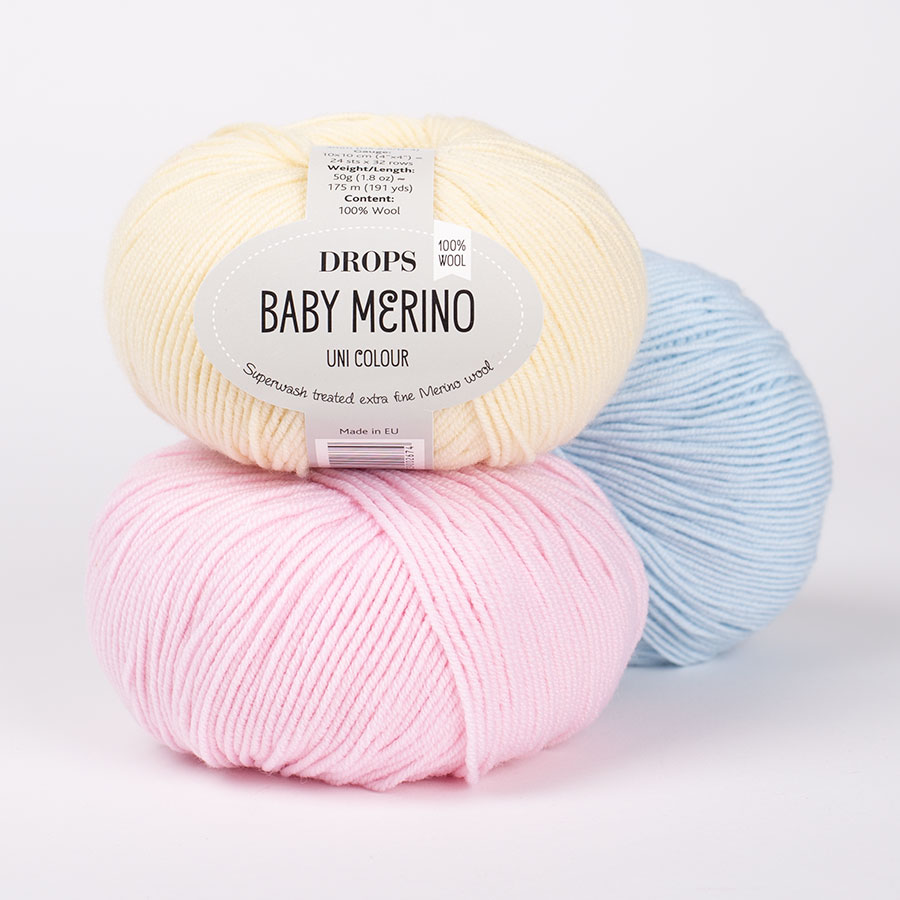
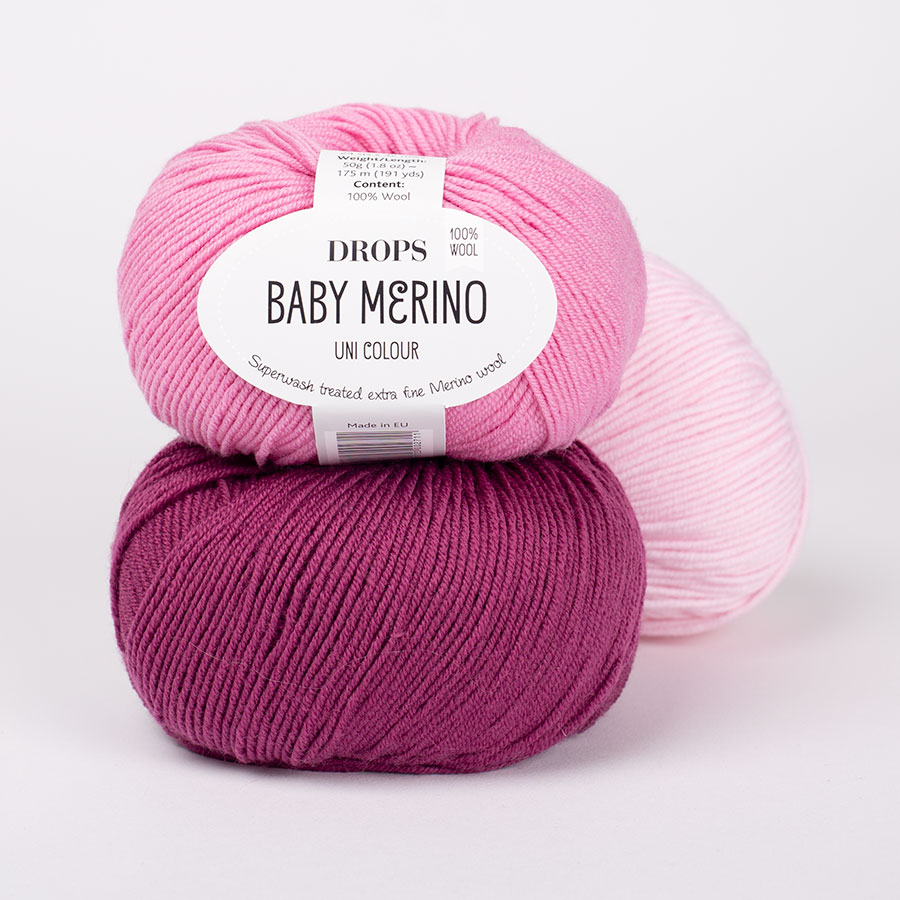
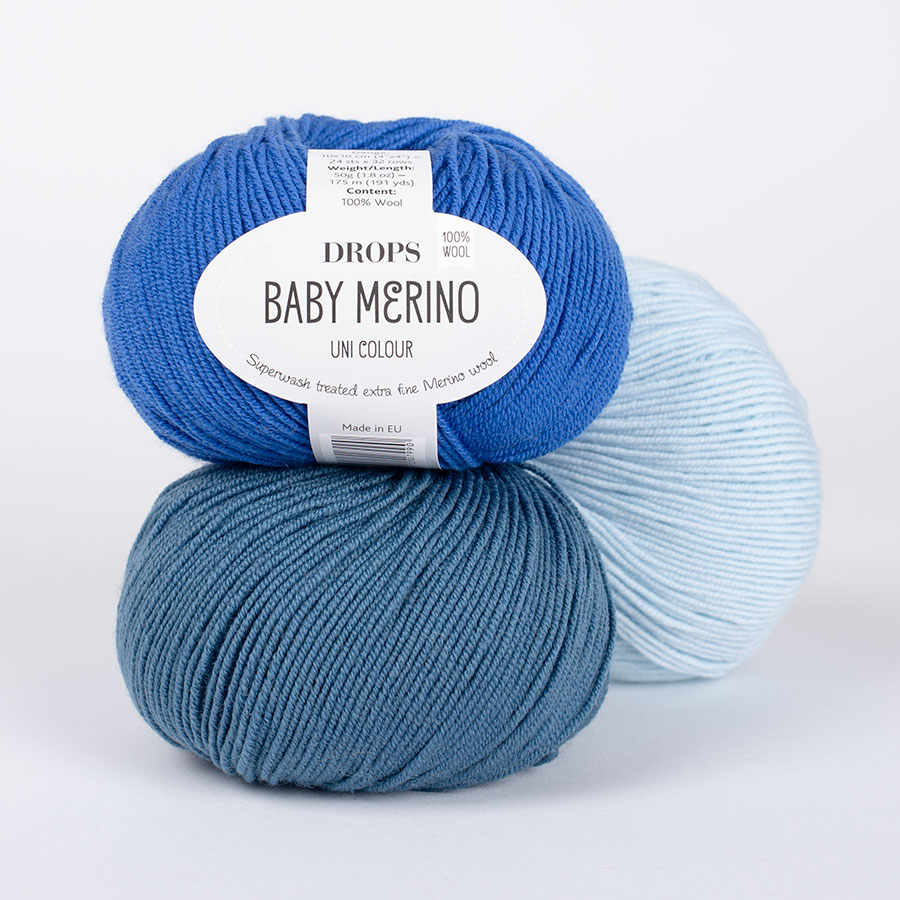
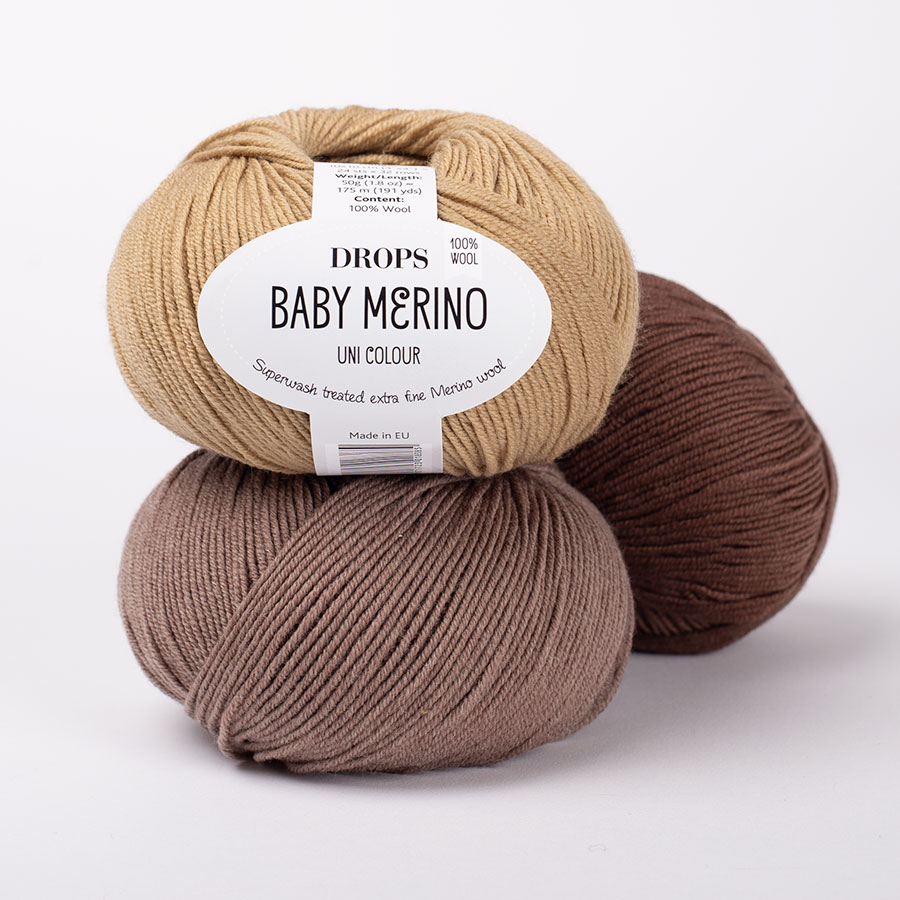

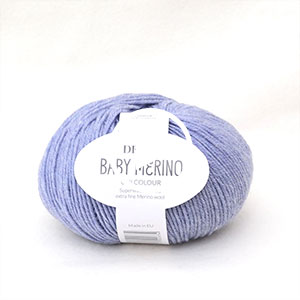











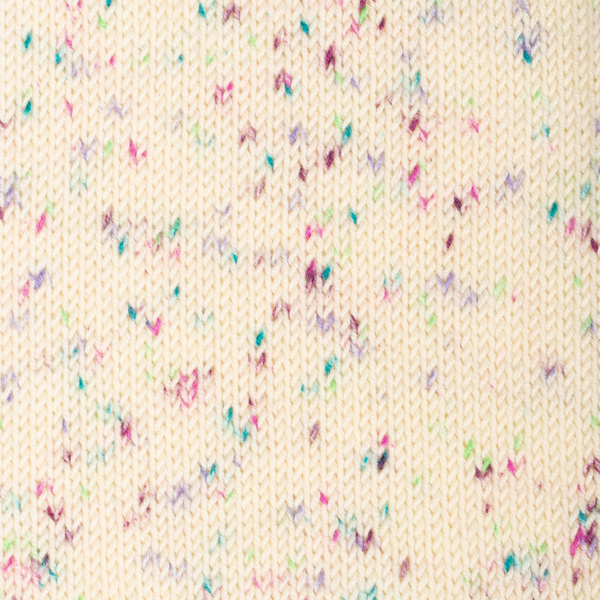

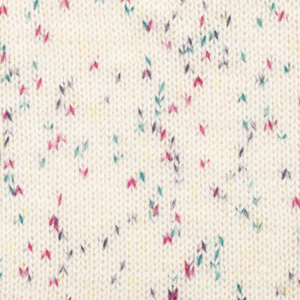

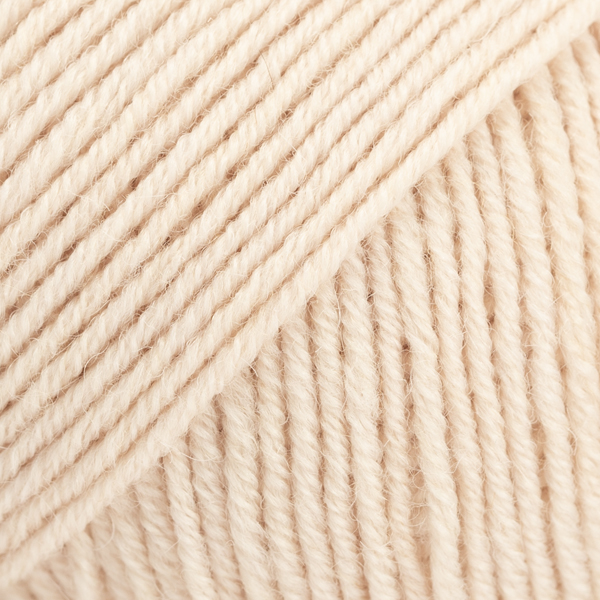

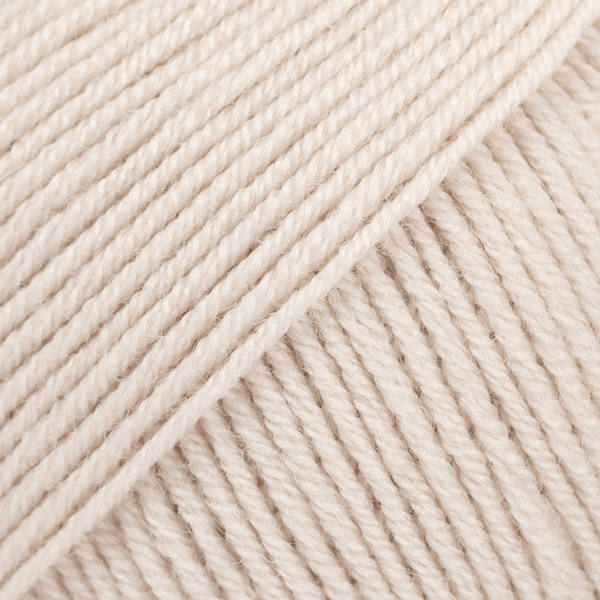






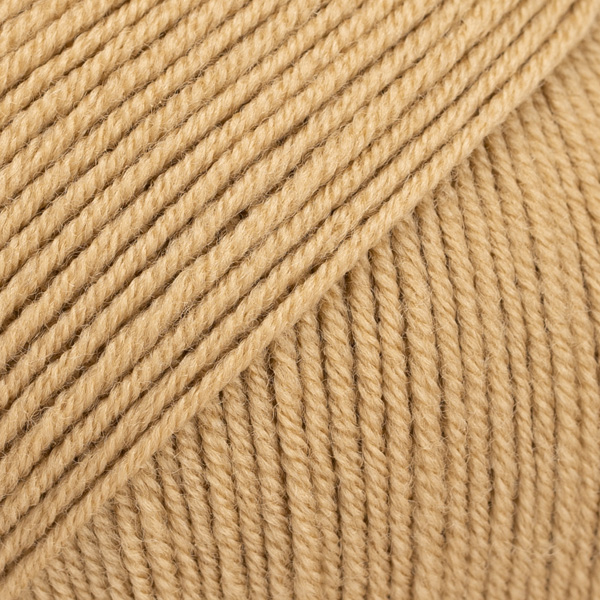

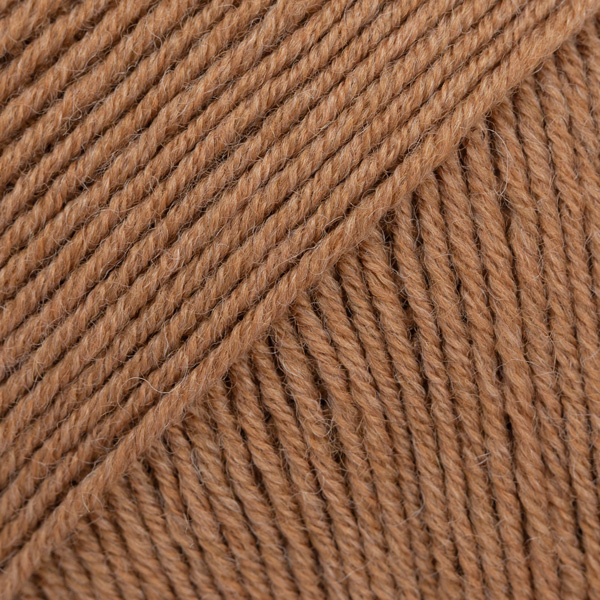

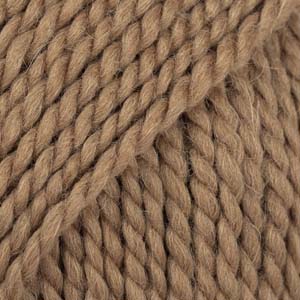



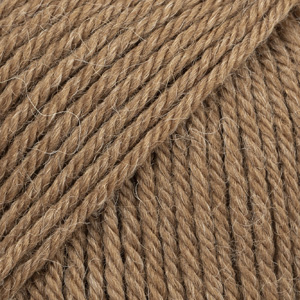




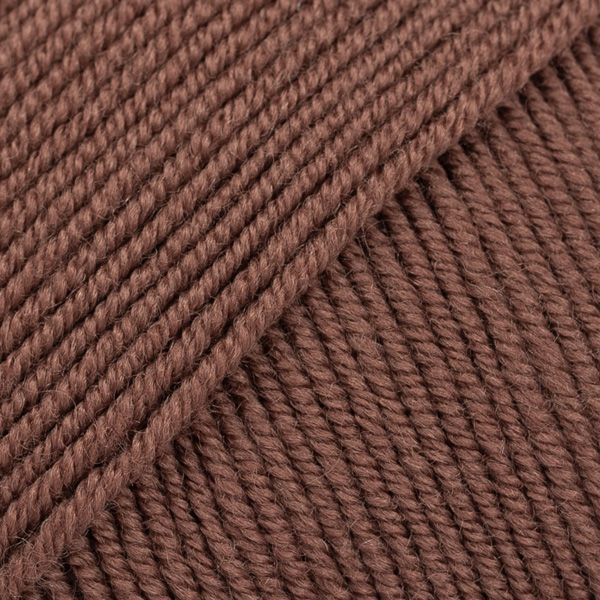


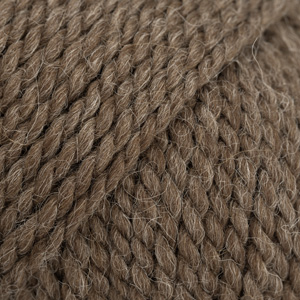



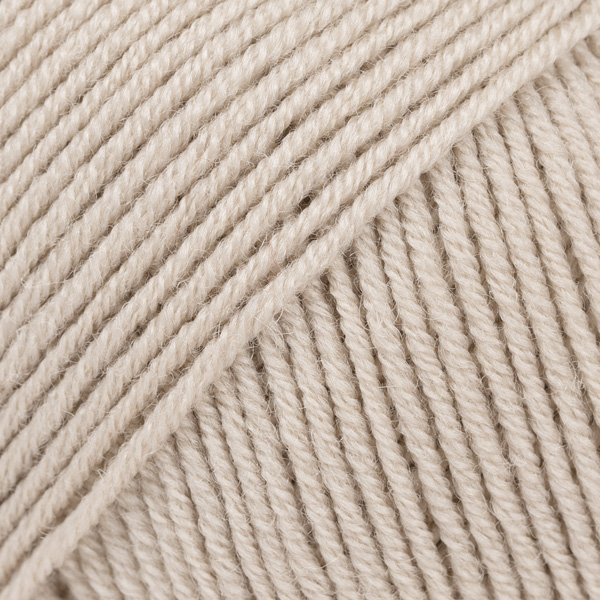








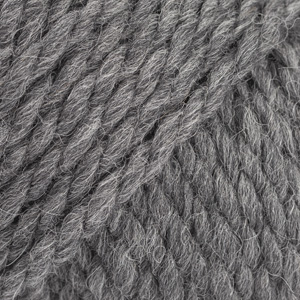

















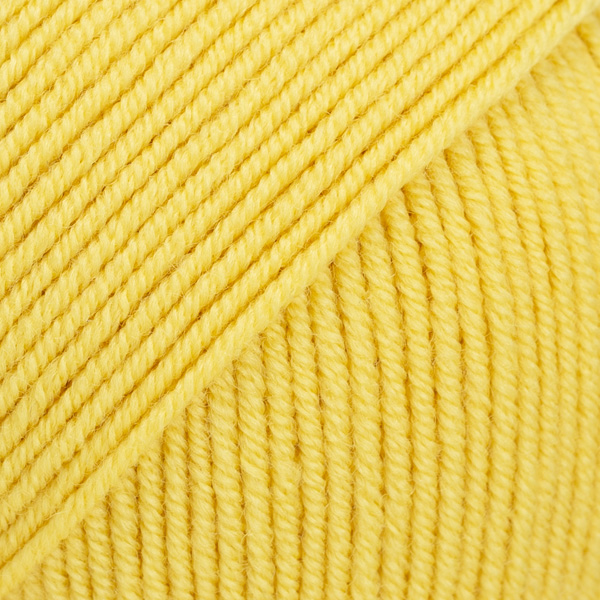



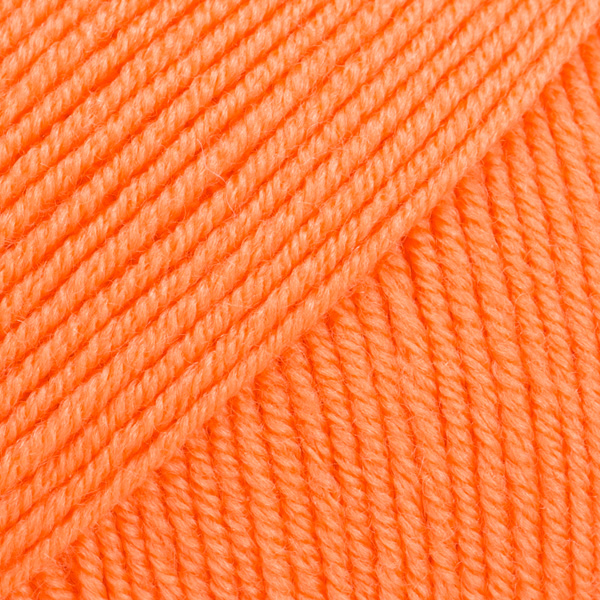














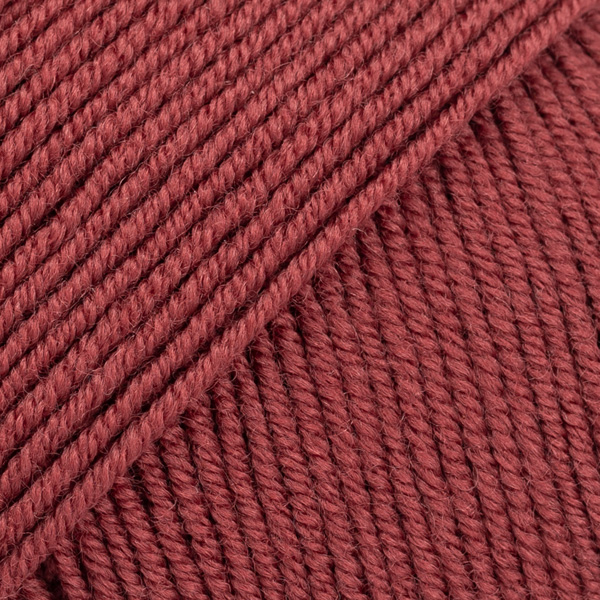




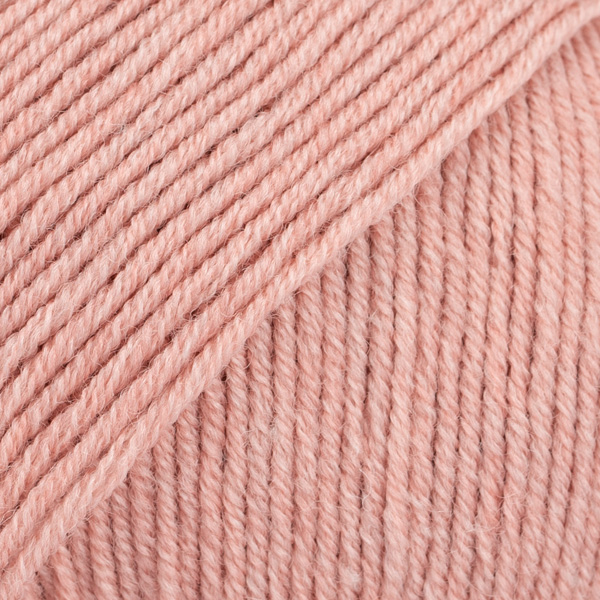


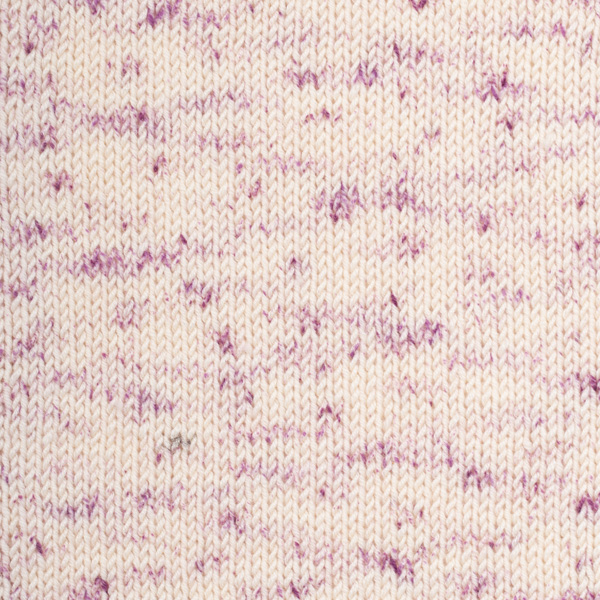
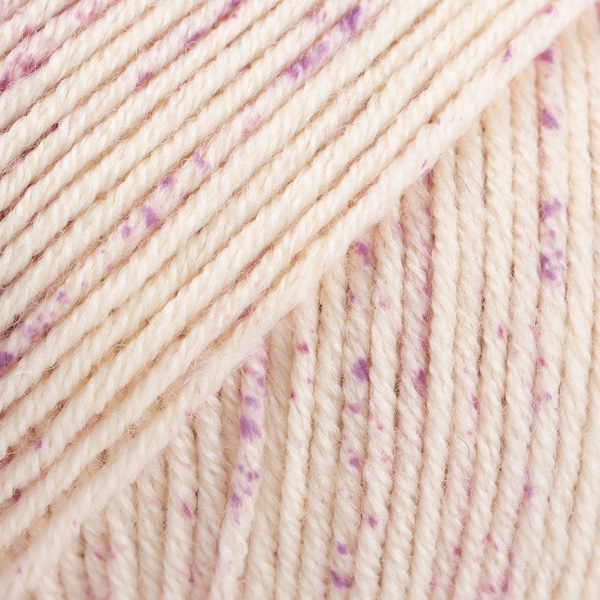

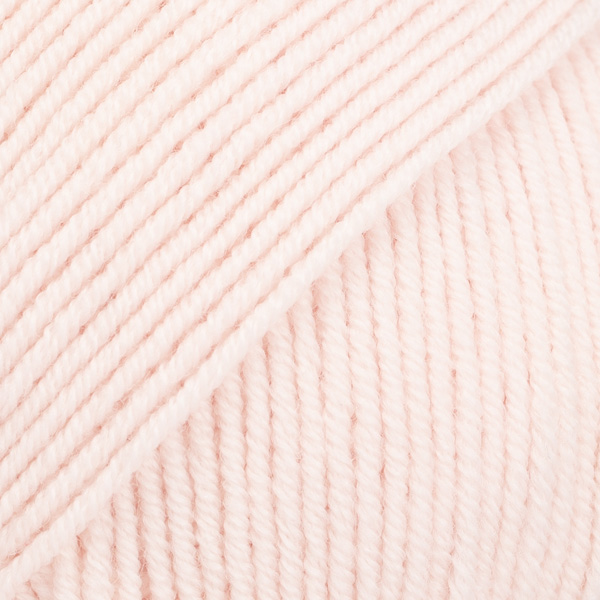

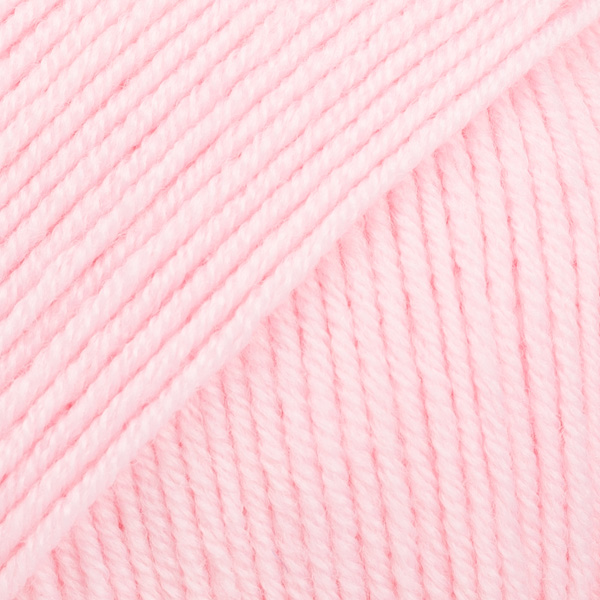




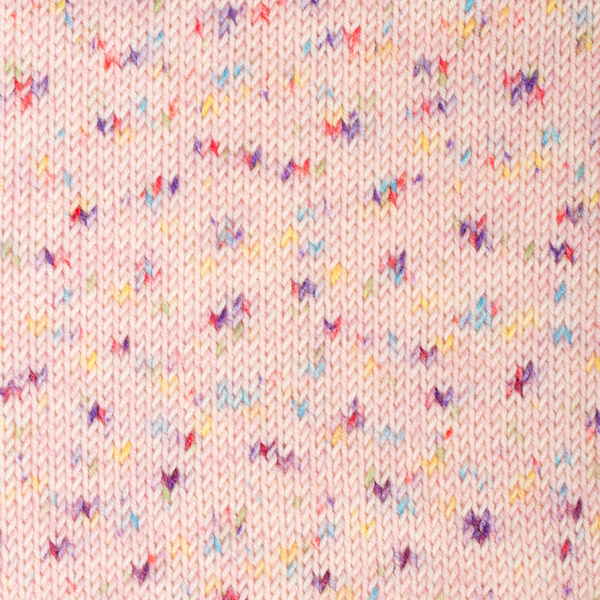


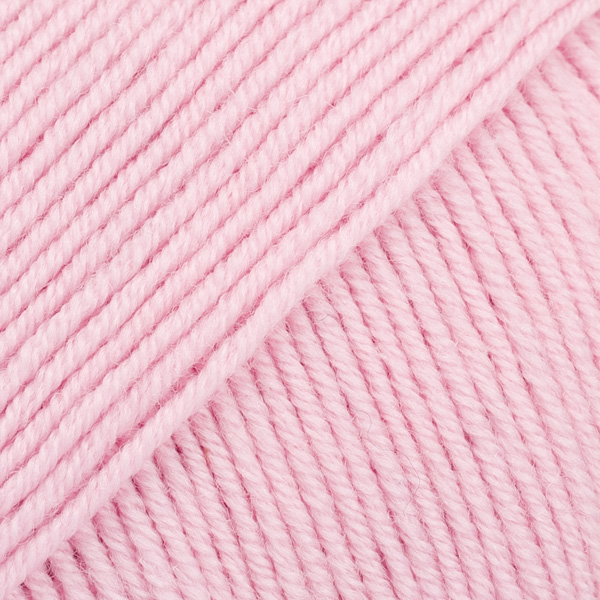
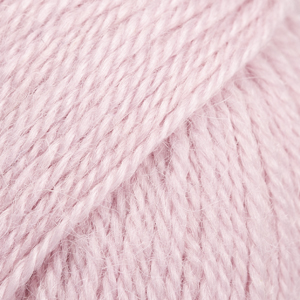











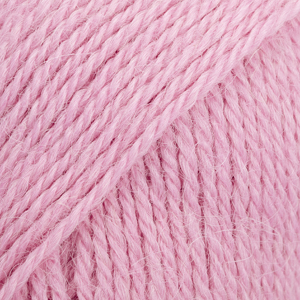


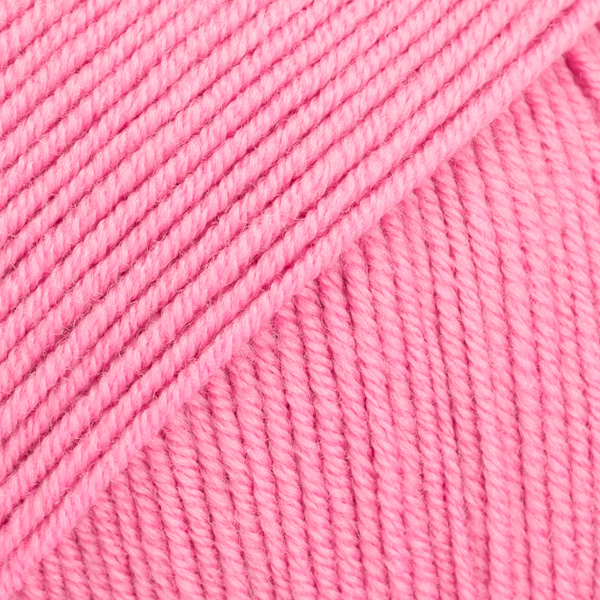

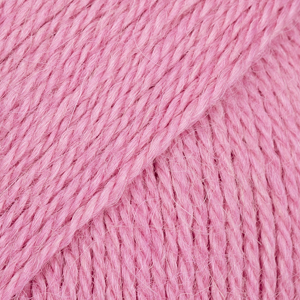


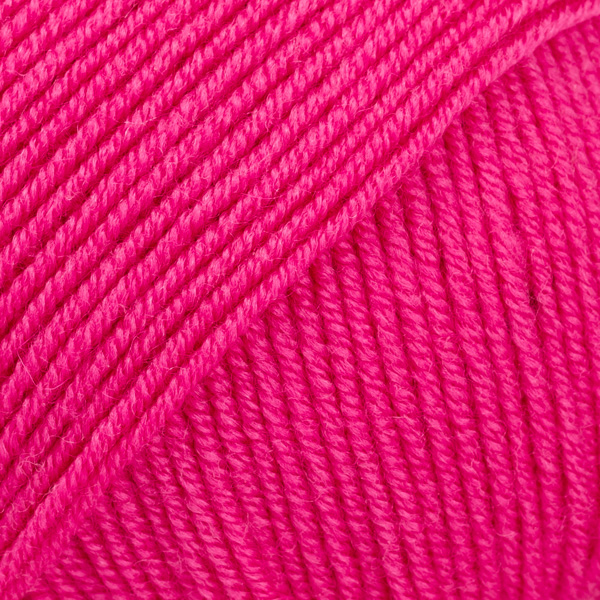

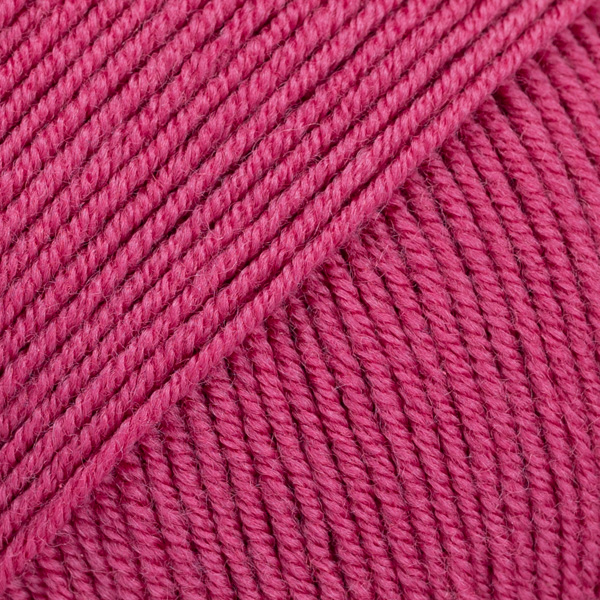
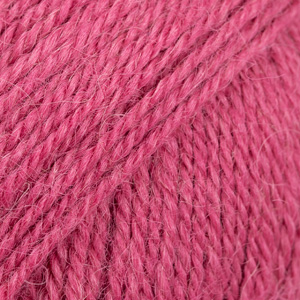

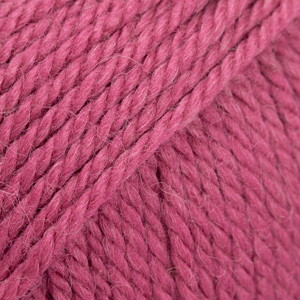




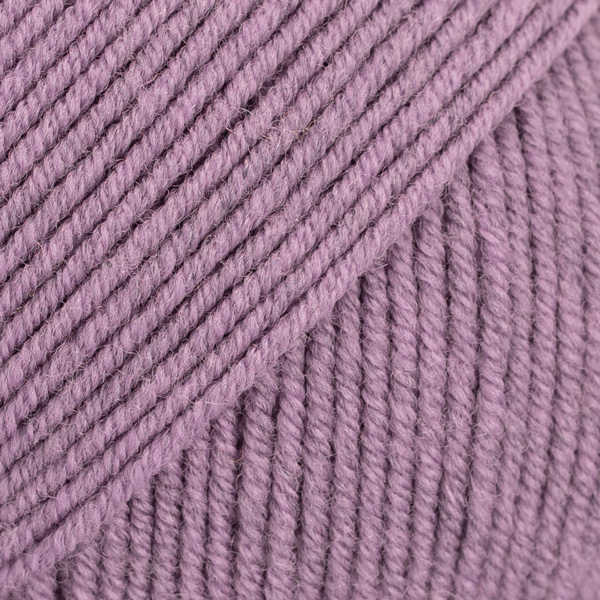



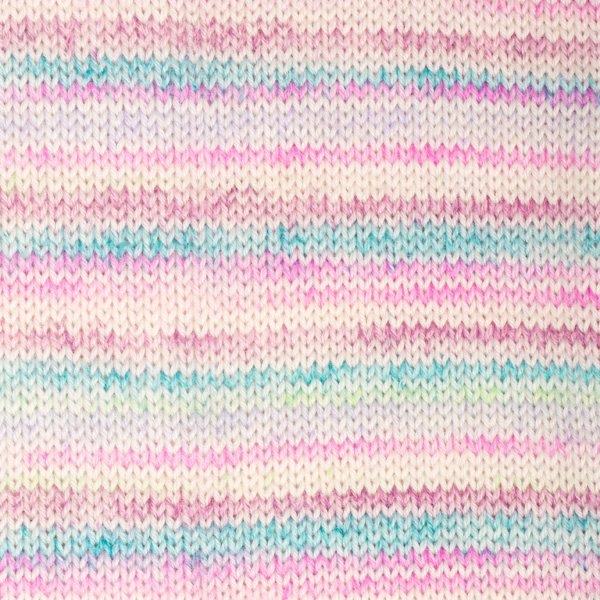


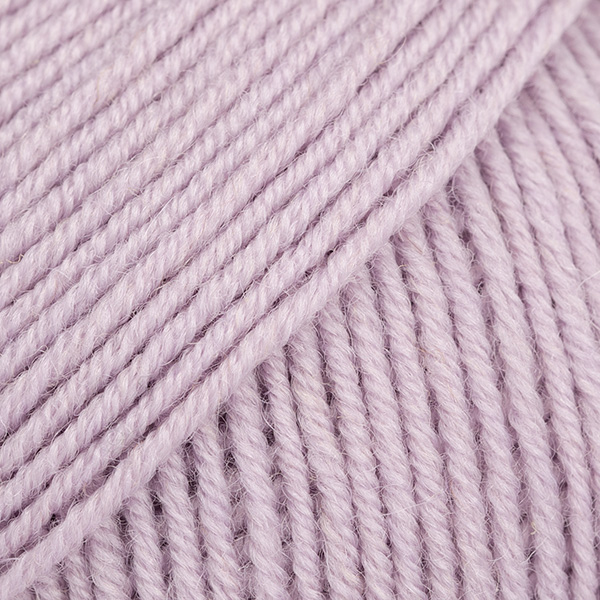
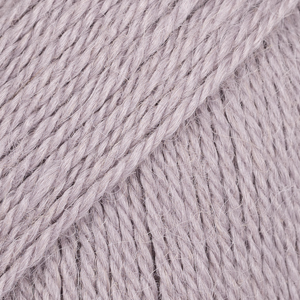














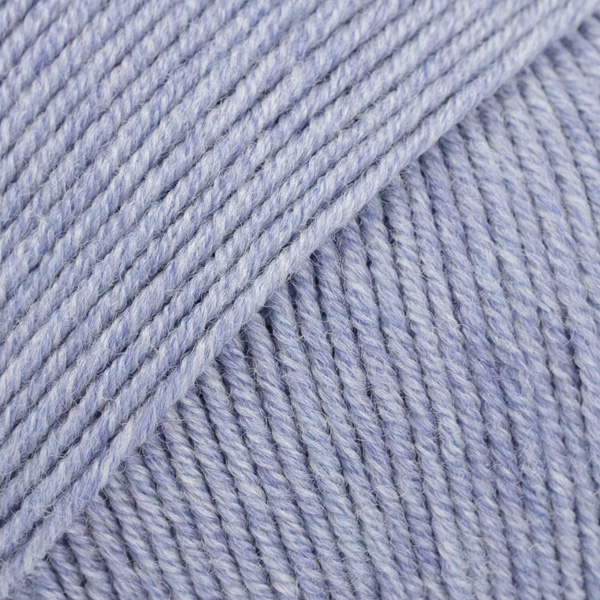












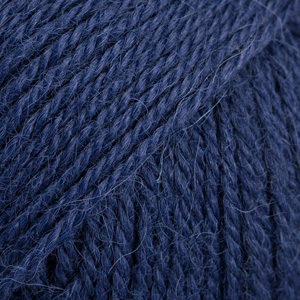






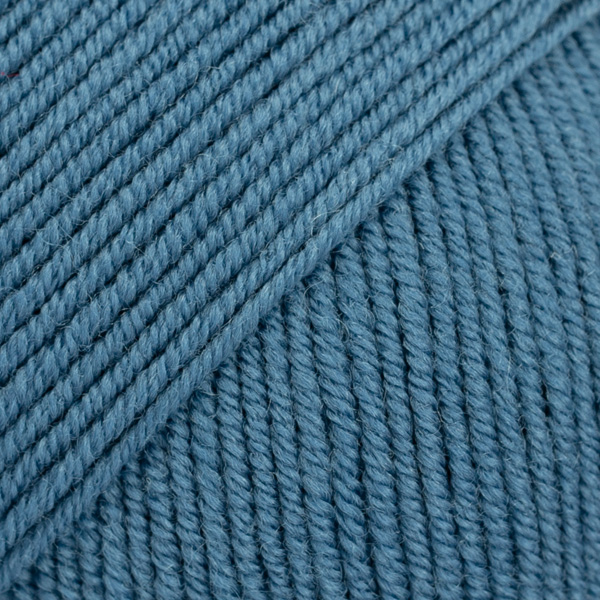





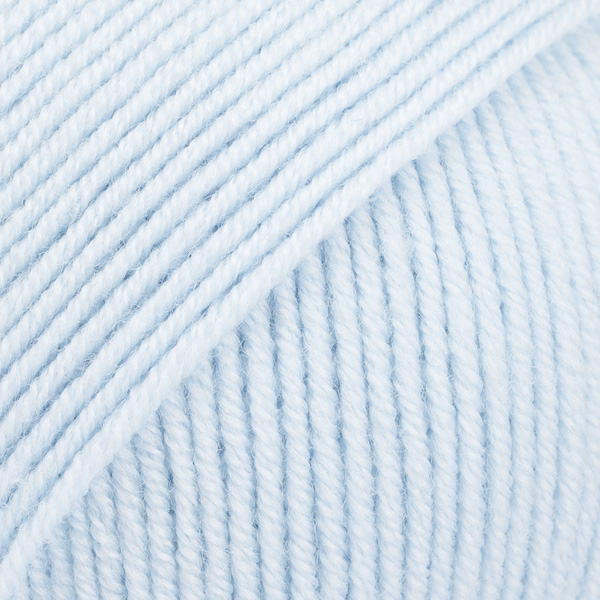




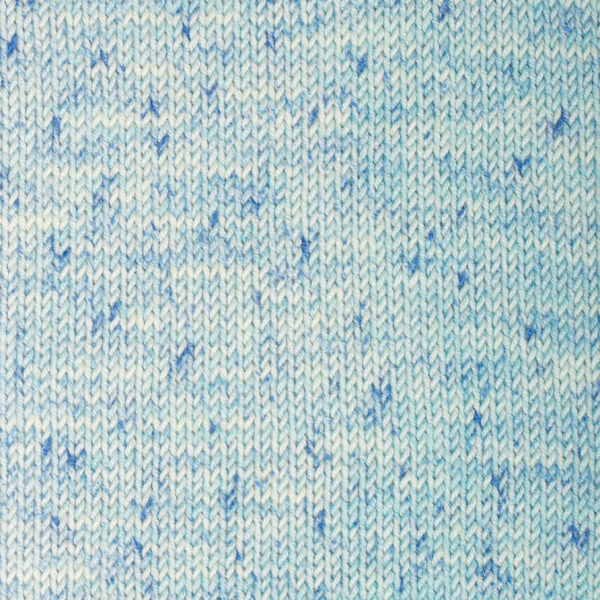


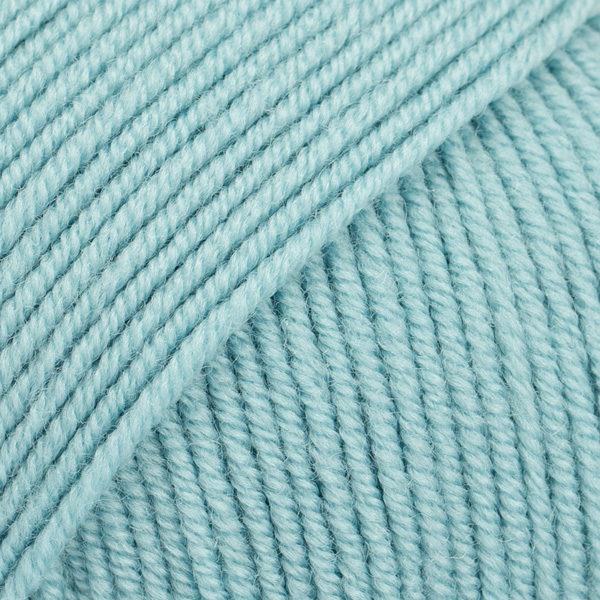



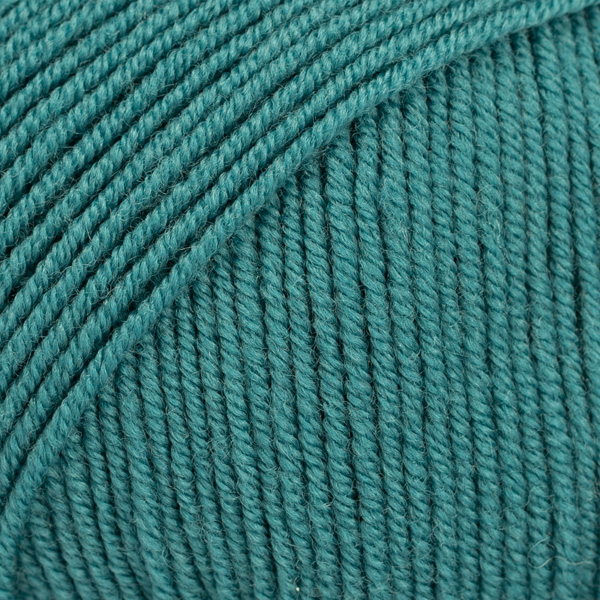




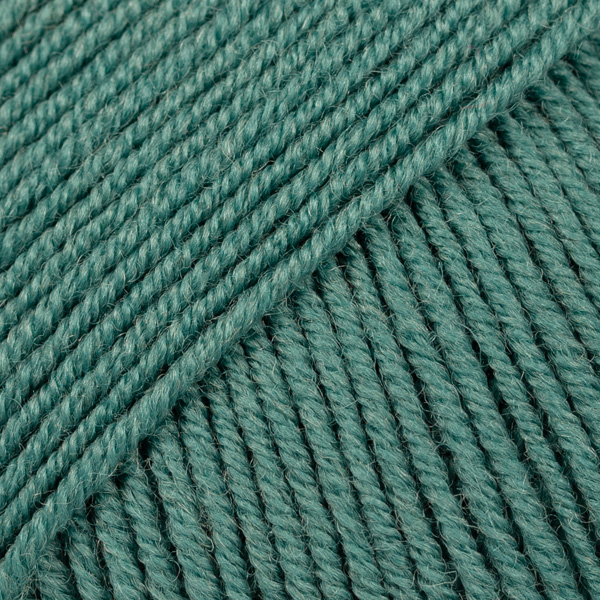

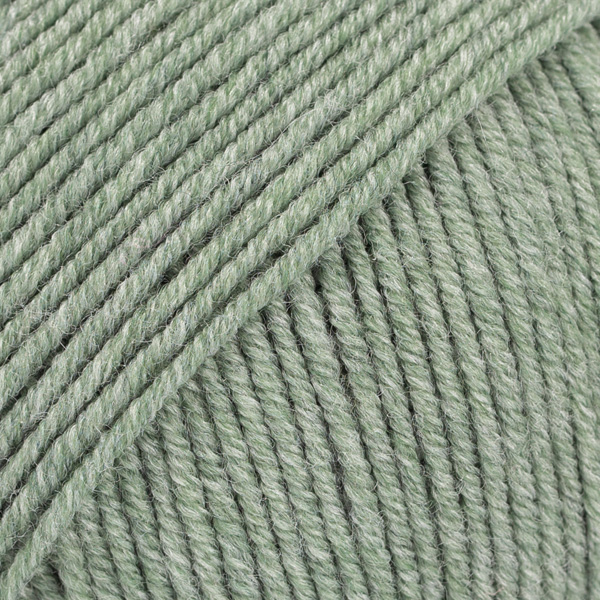

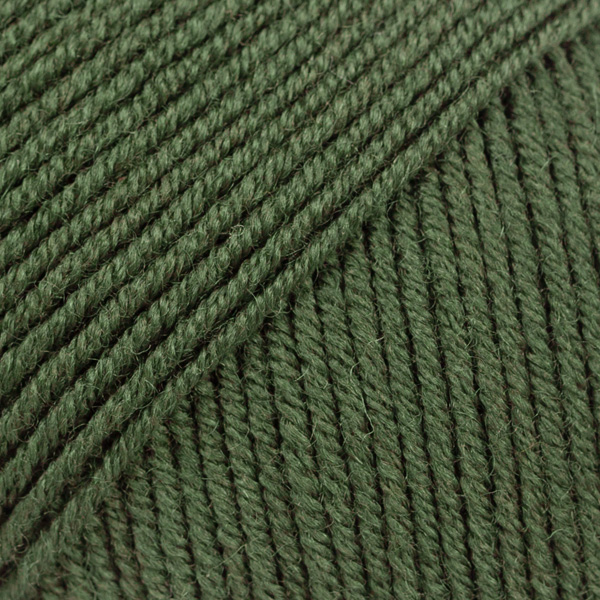
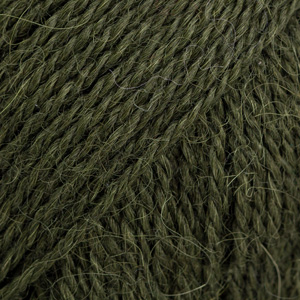





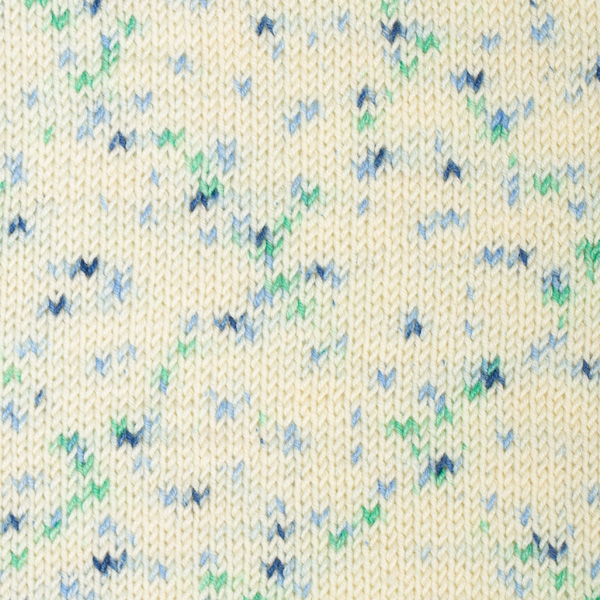


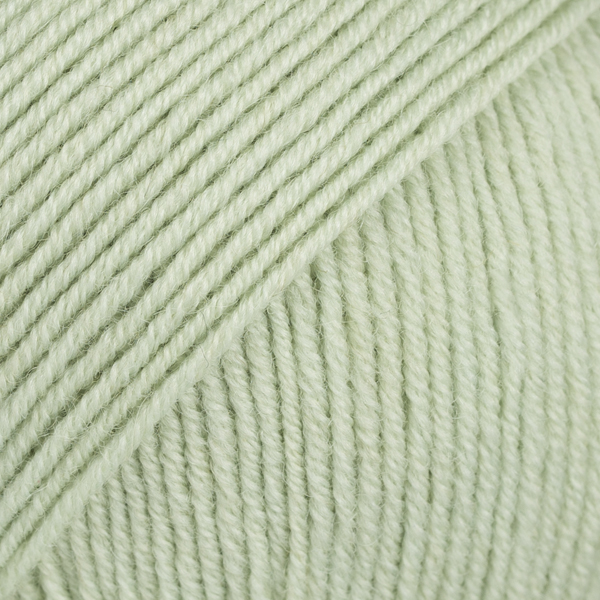

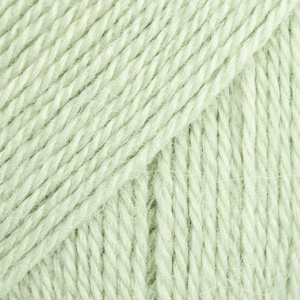






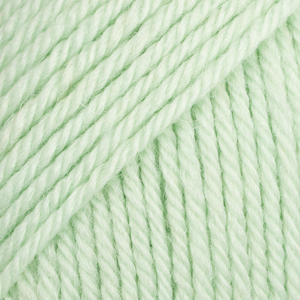










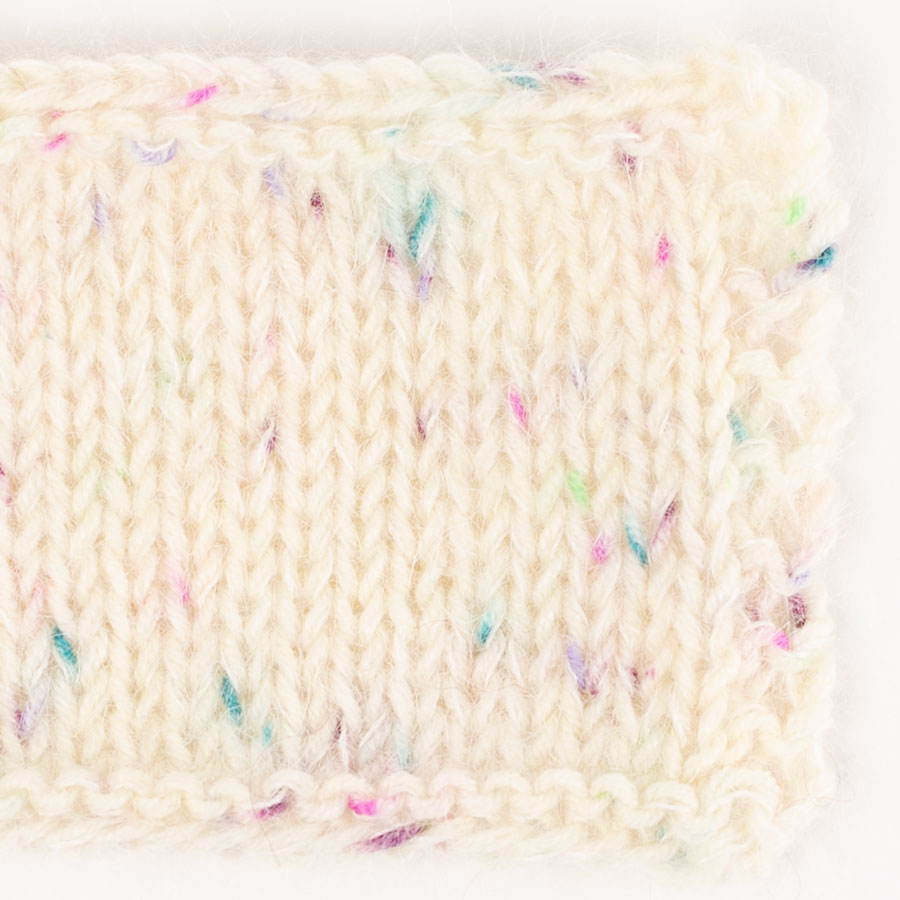
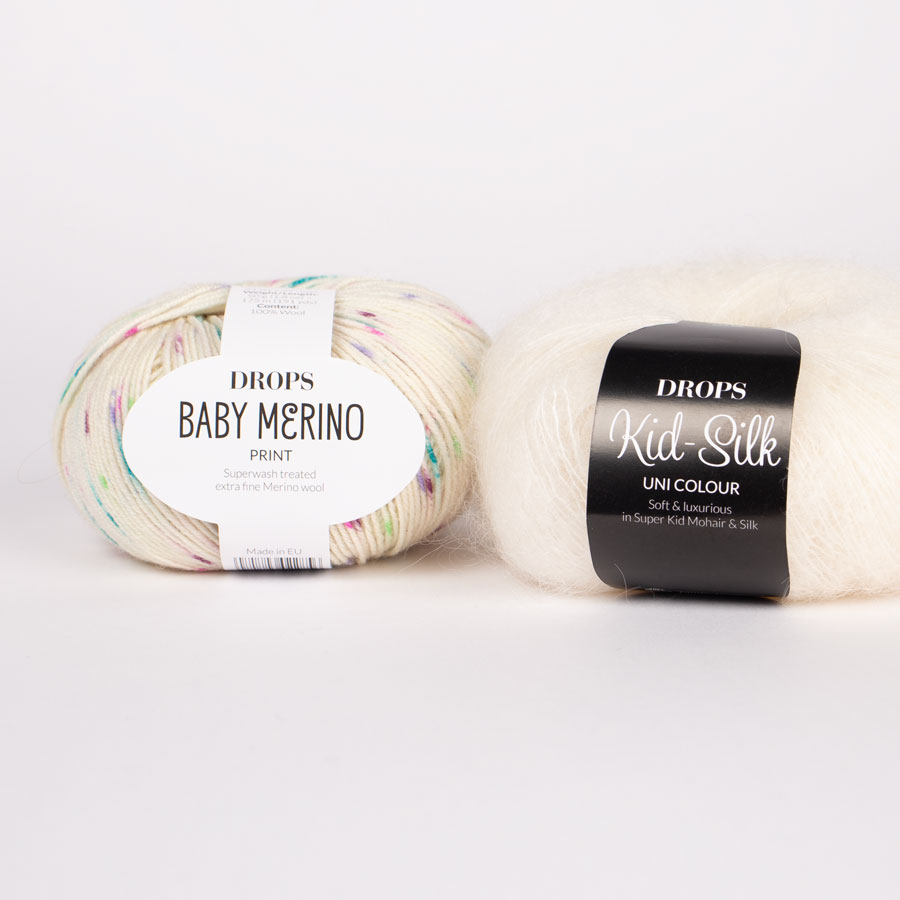
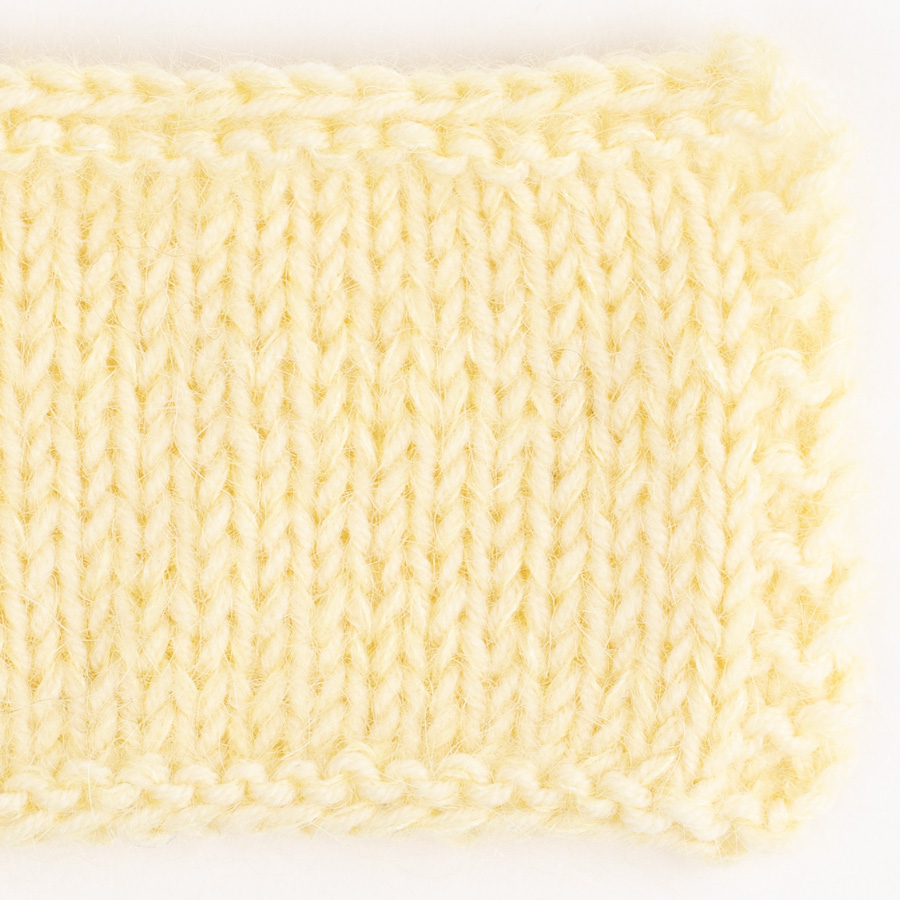
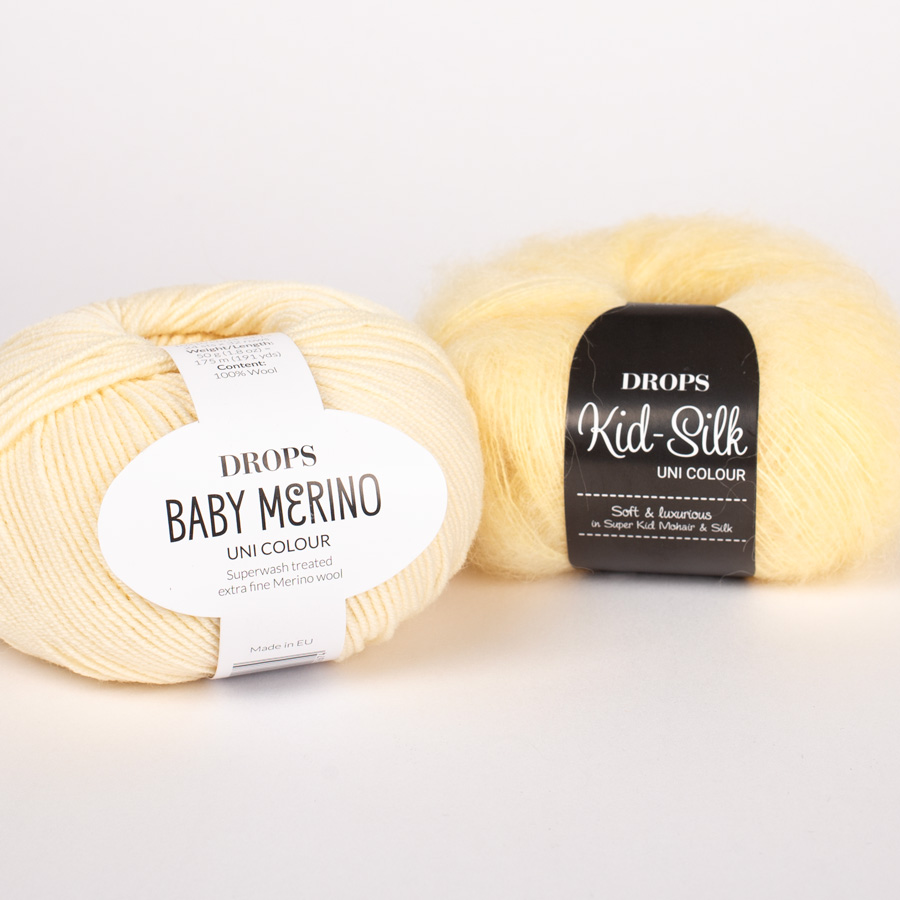
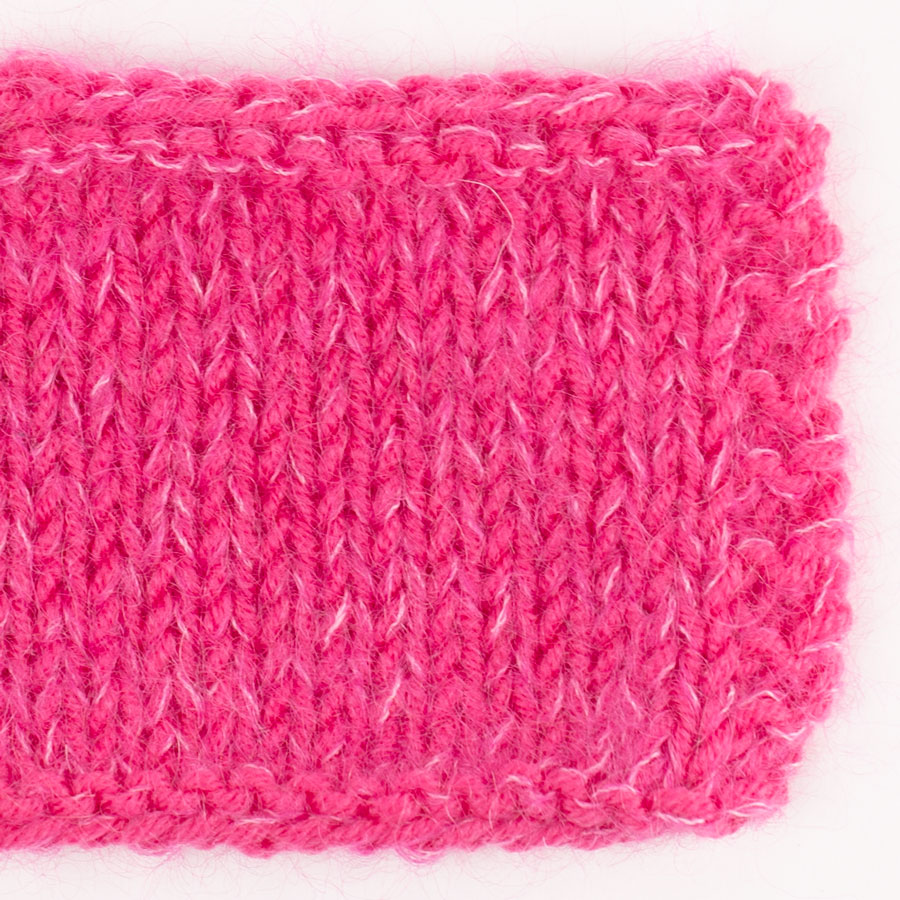
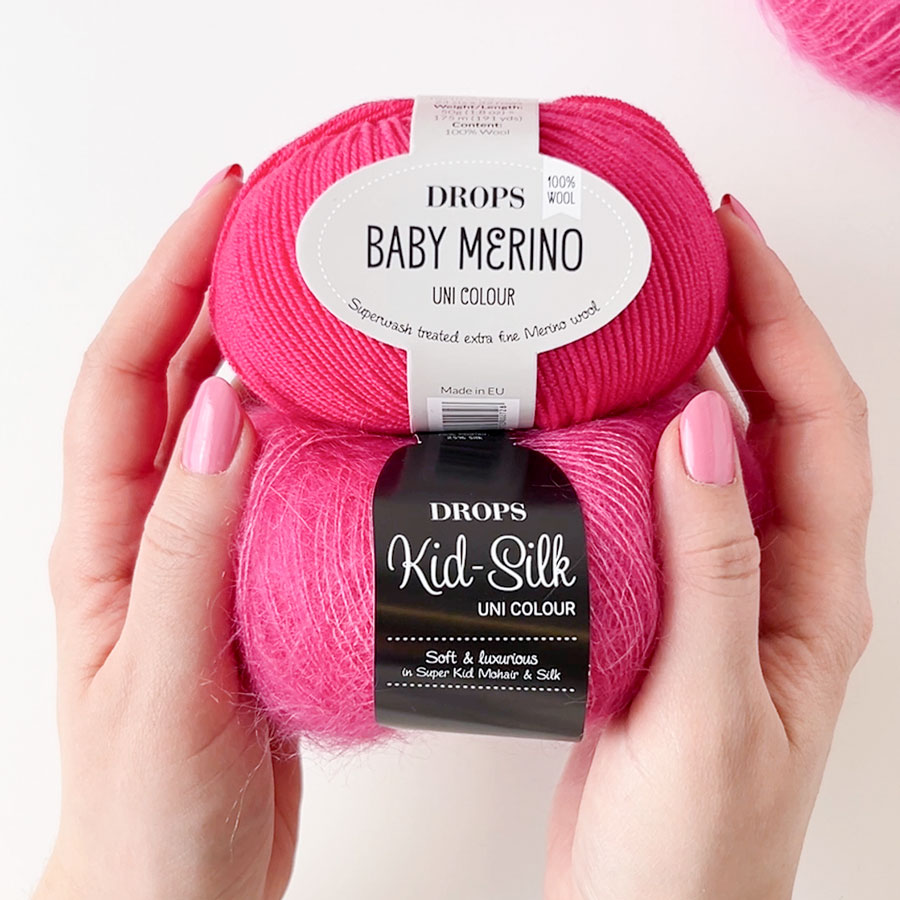
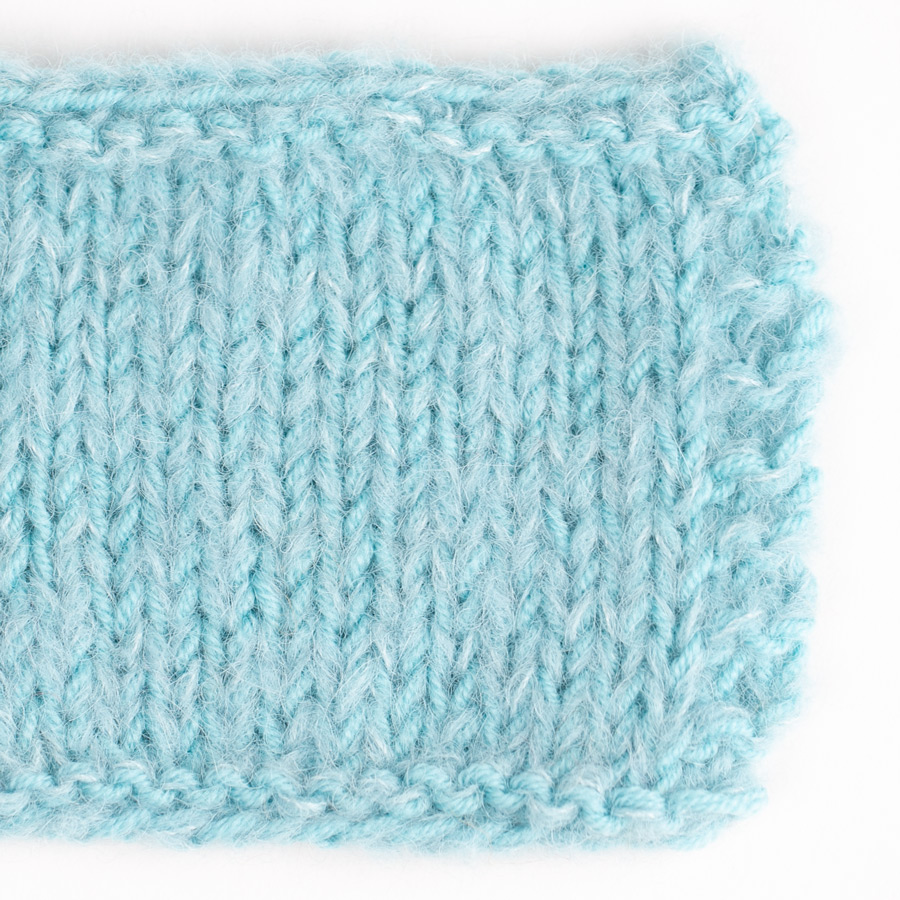
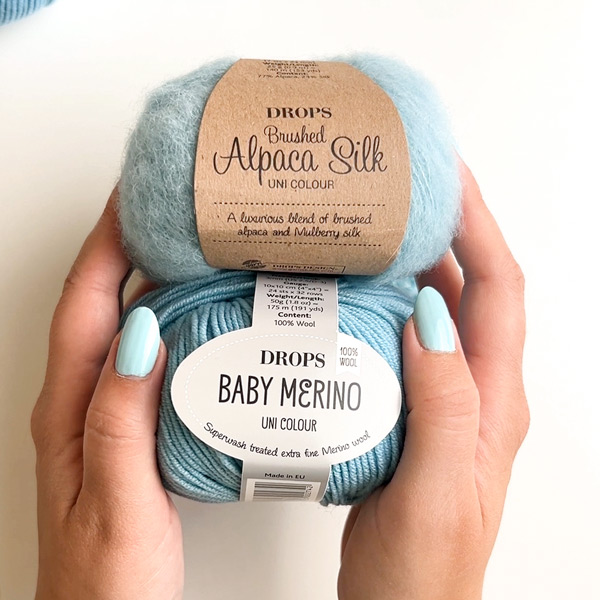
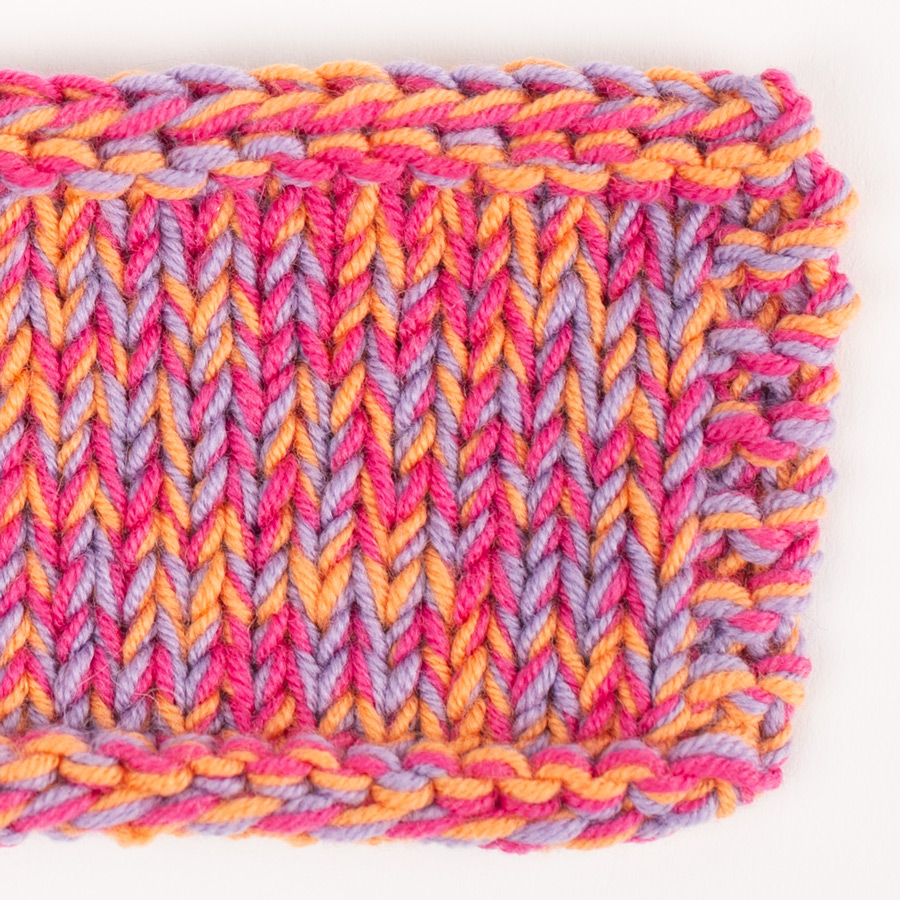
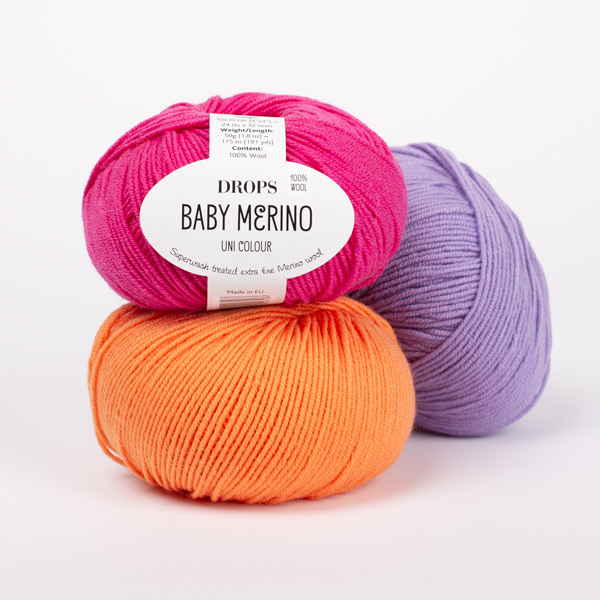
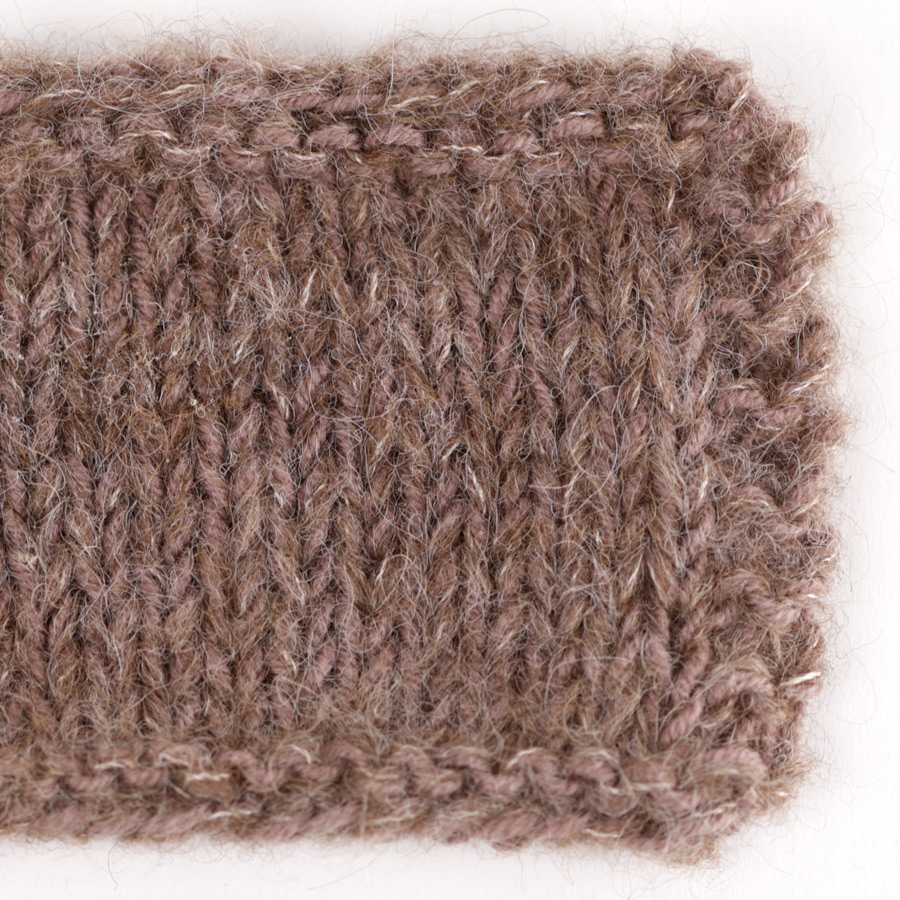
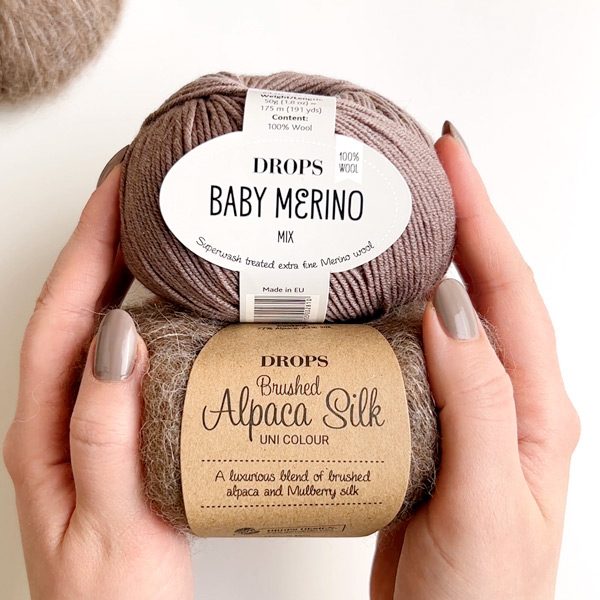
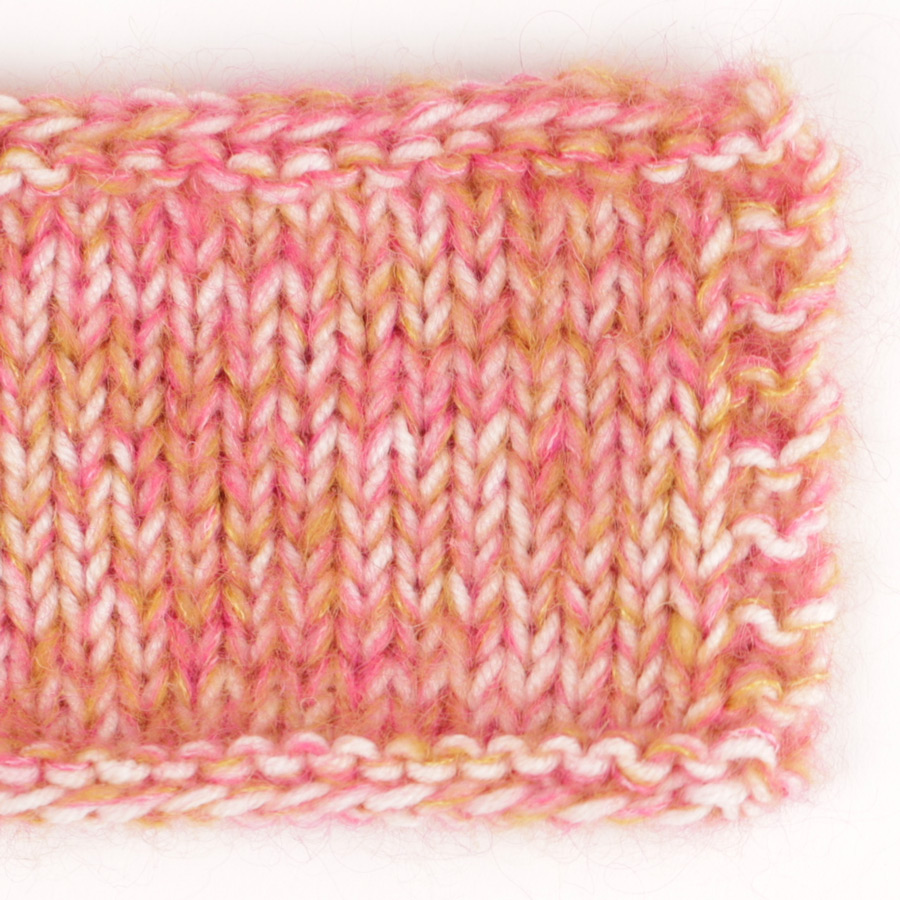
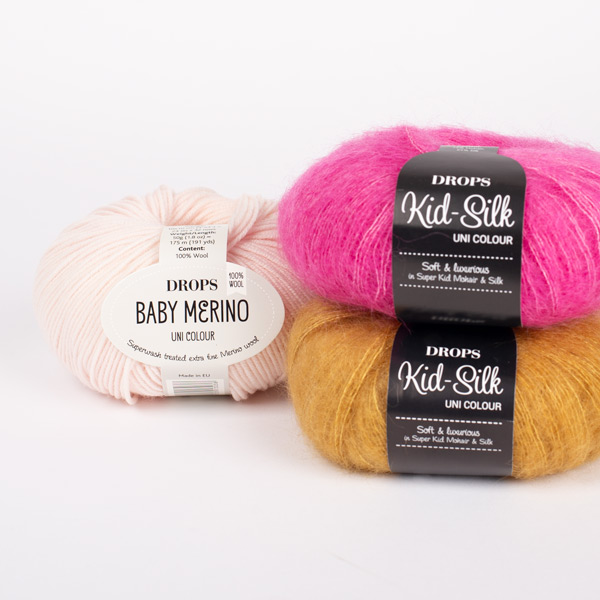
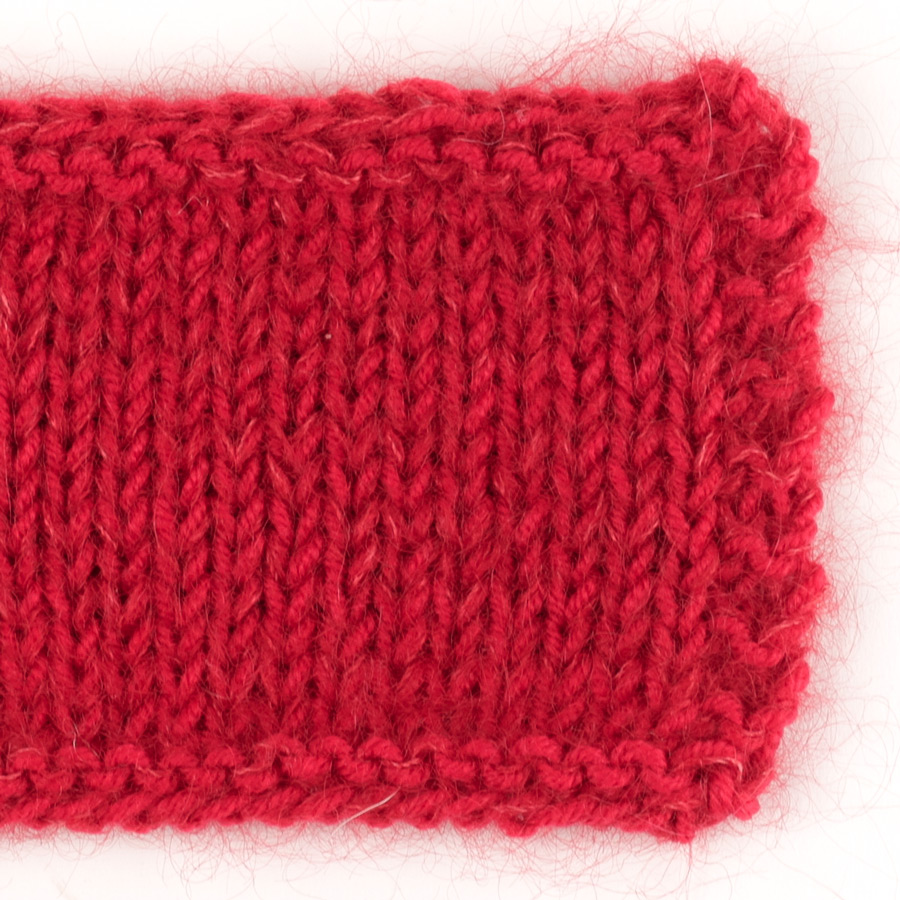
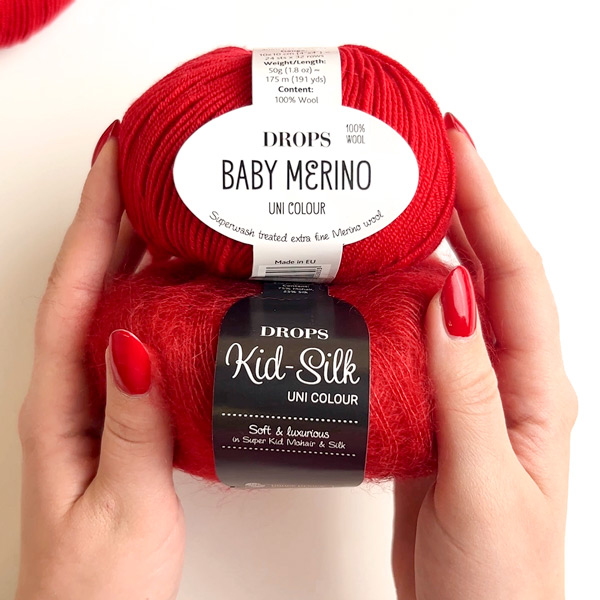


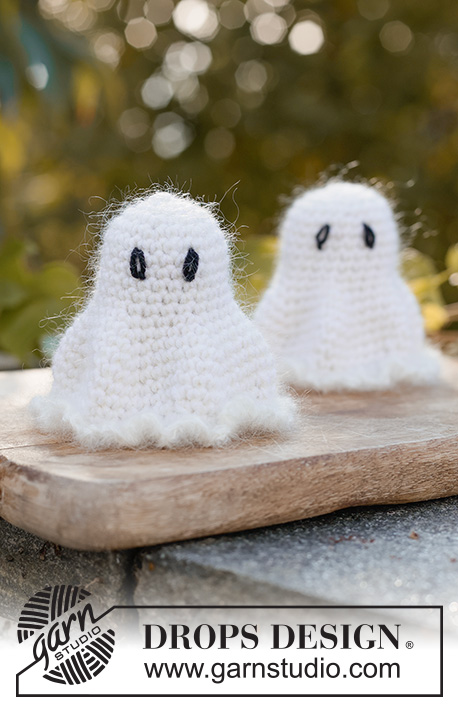





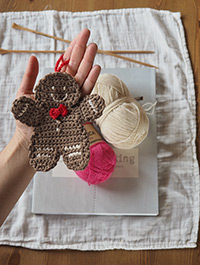
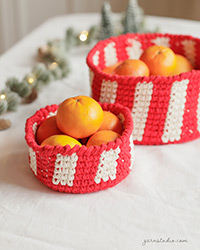
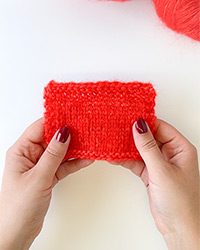
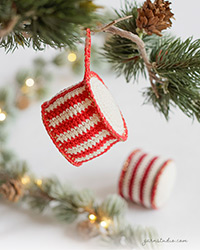


Superbe qualité de laine, d'une douceur incomparable, agréable à tricoter superbe rendu que ce soit avec un point simple comme tres compliqué. Avec cette qualité miracle finit le "maman ca gratte" mes enfants adorent. de plus ne bouge pas apres d'inombrables lavage. Vraiment satisfaite. a quand les couleurs mixtes du style fabel ou delight en pur merinos ce serait le top
16.10.2016 - 17:13